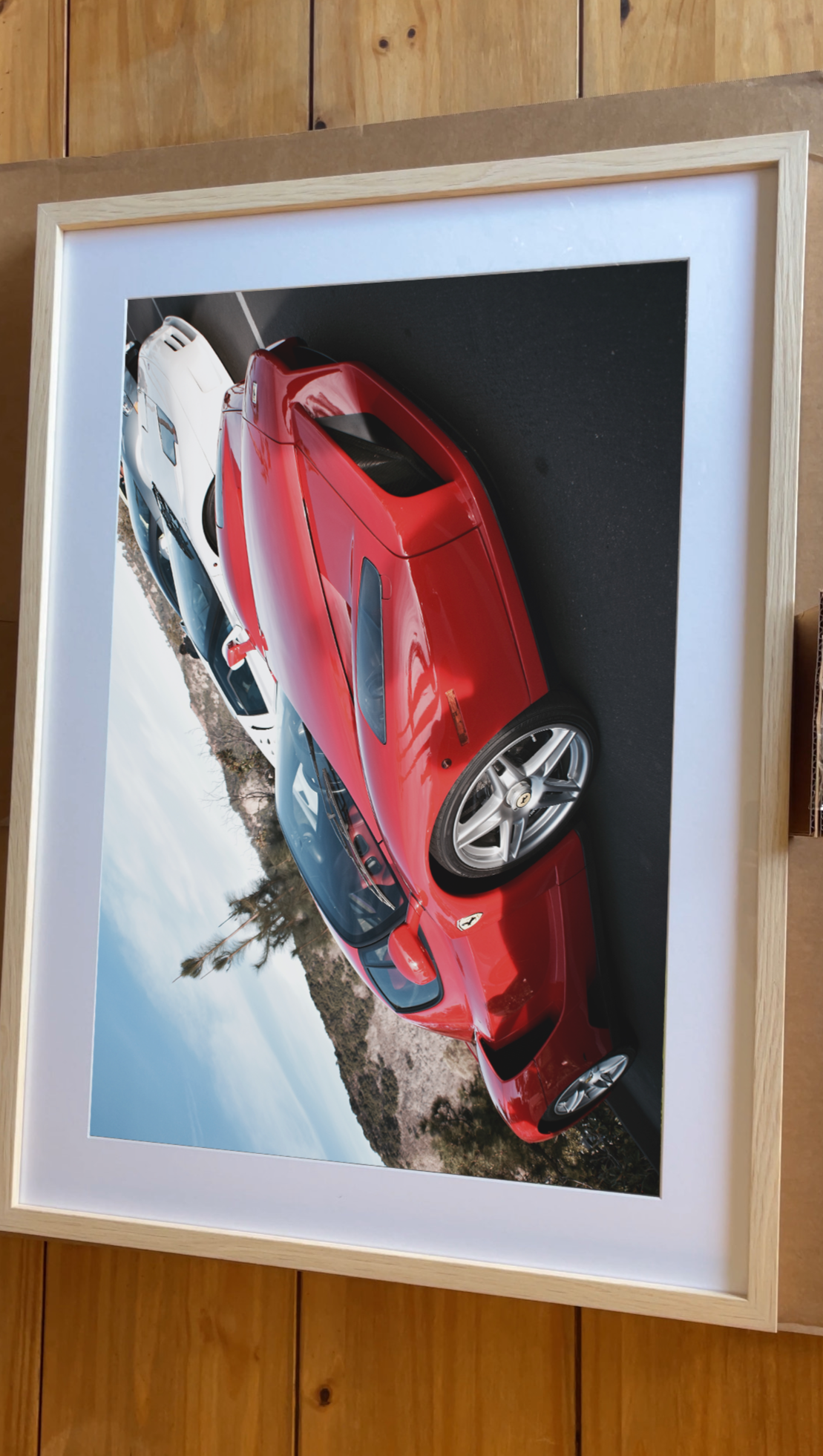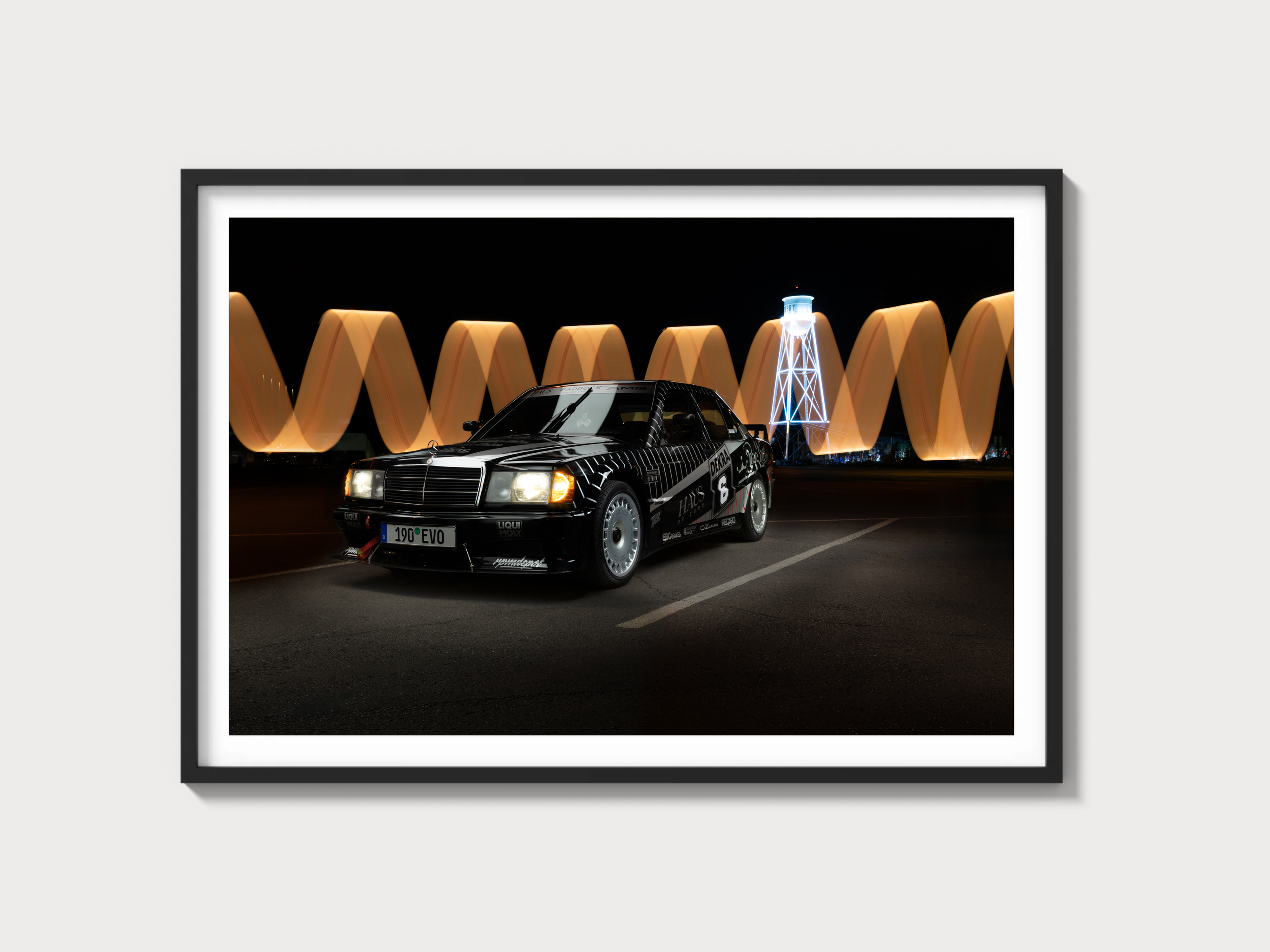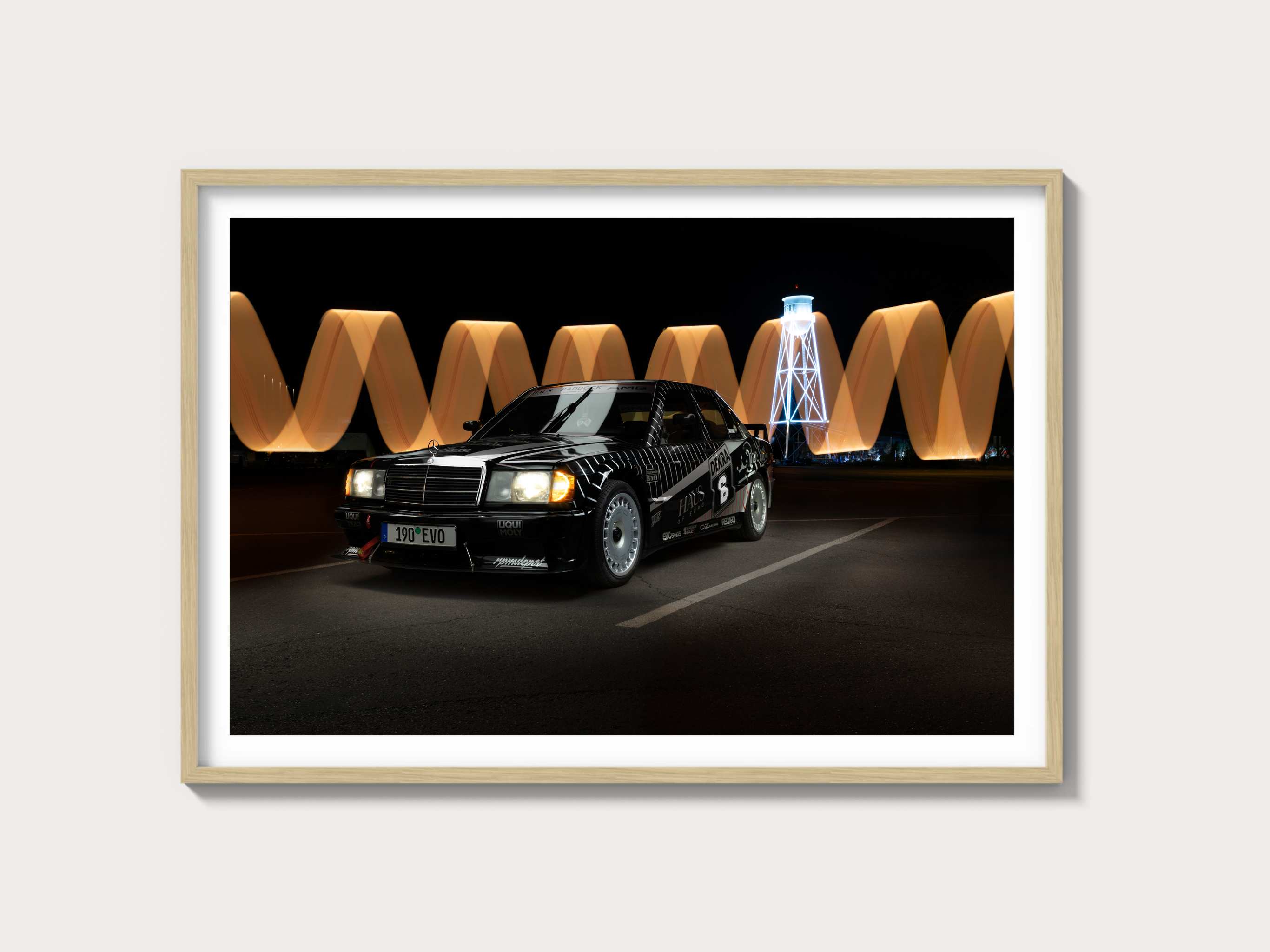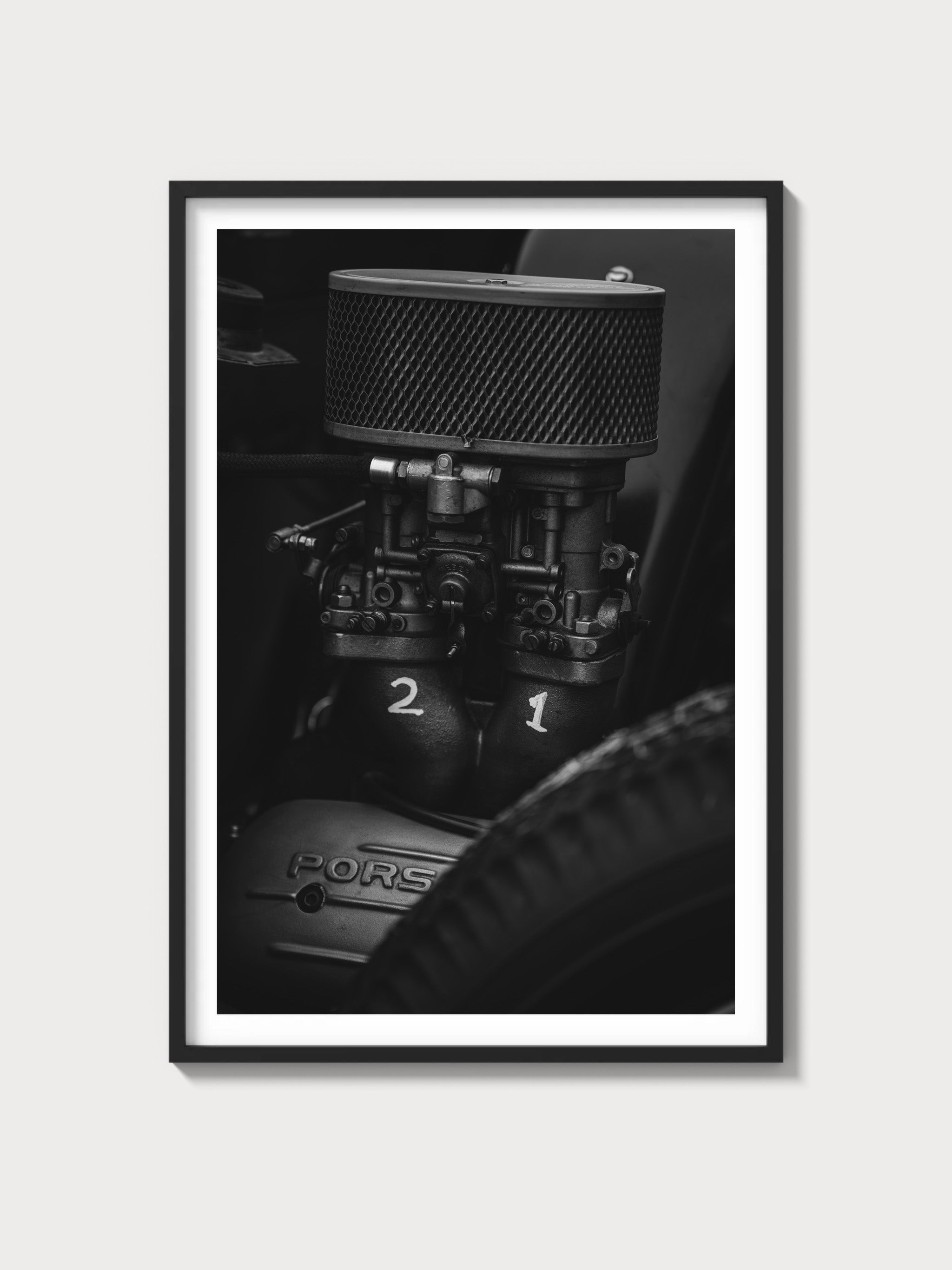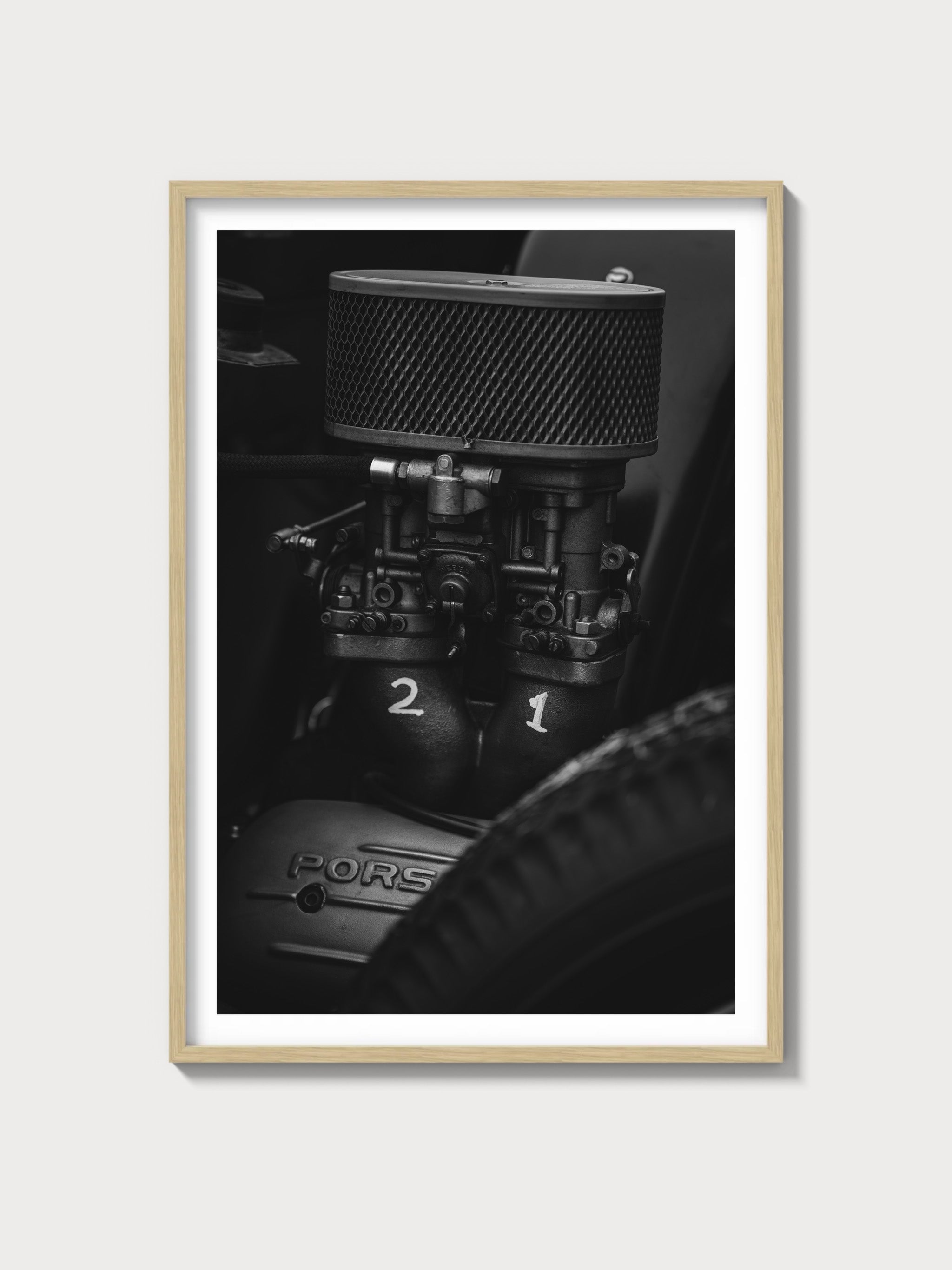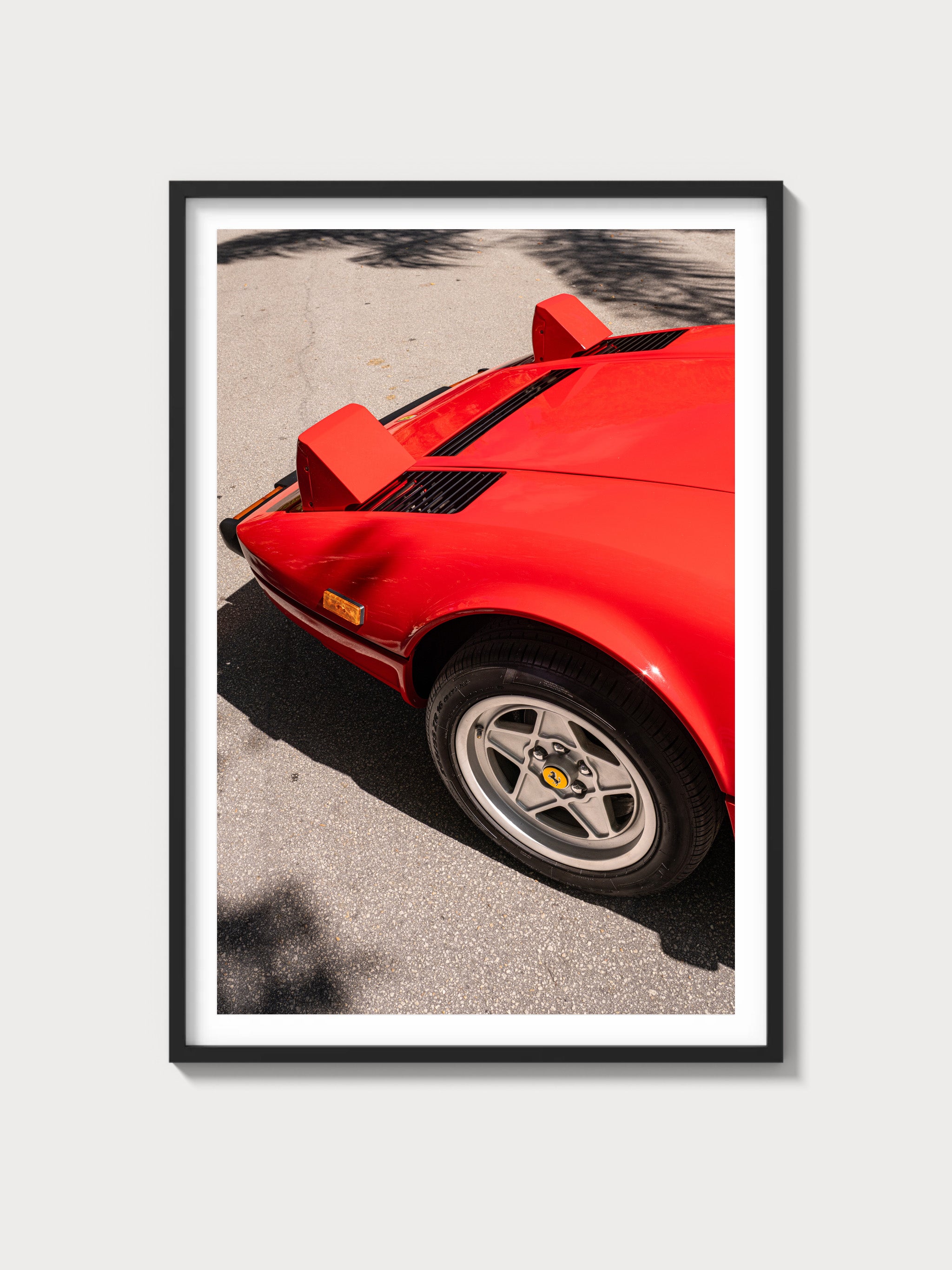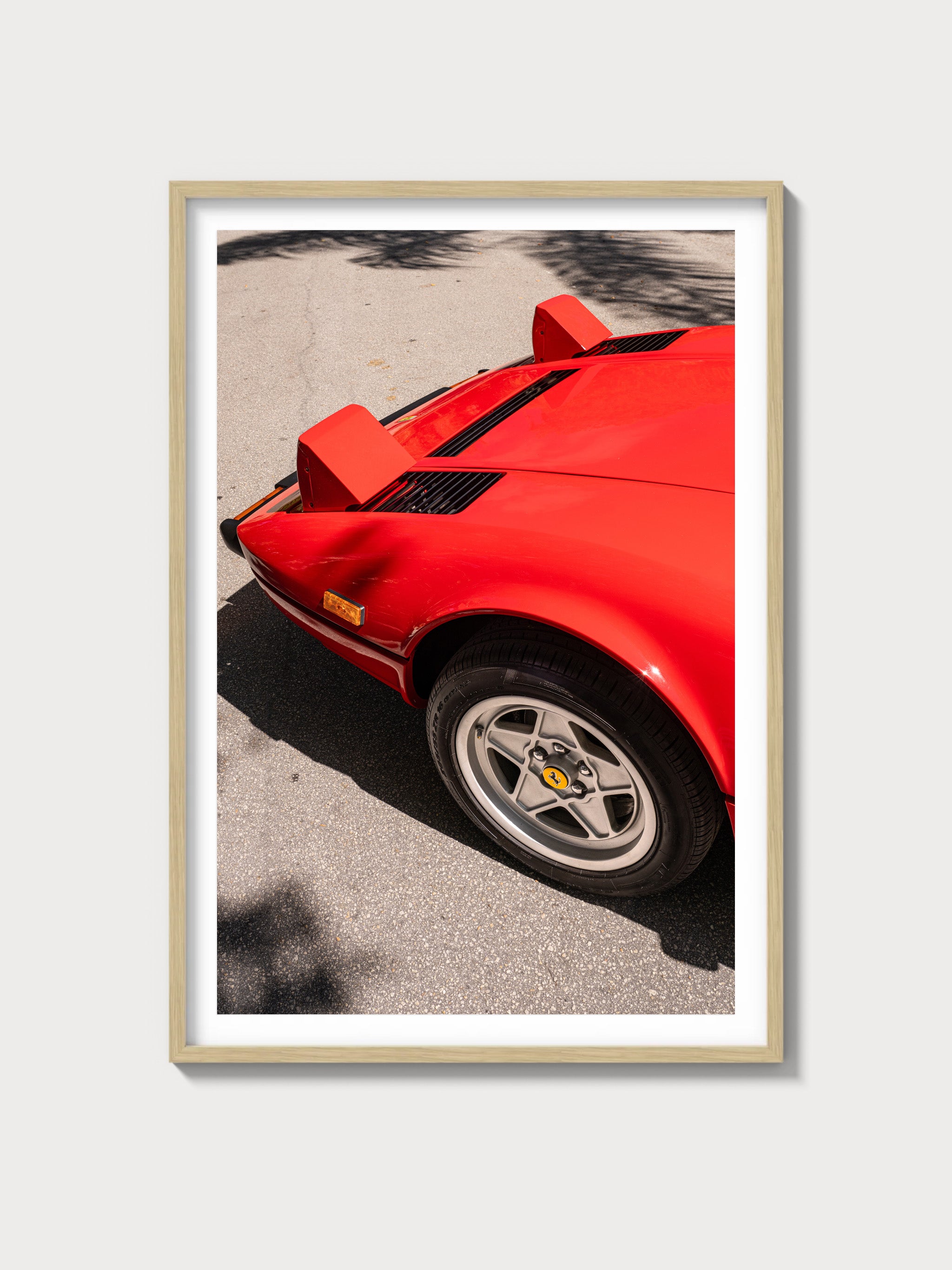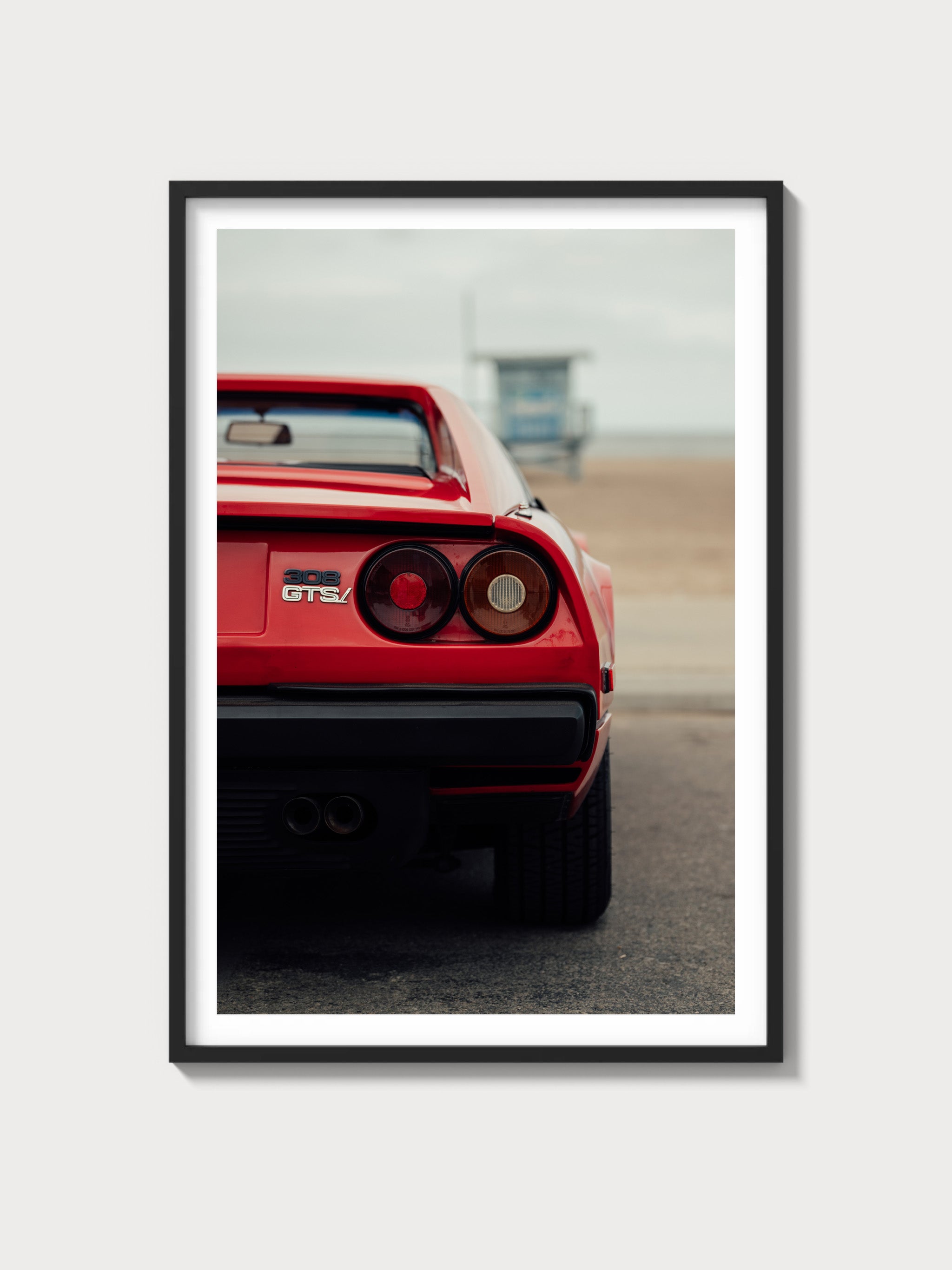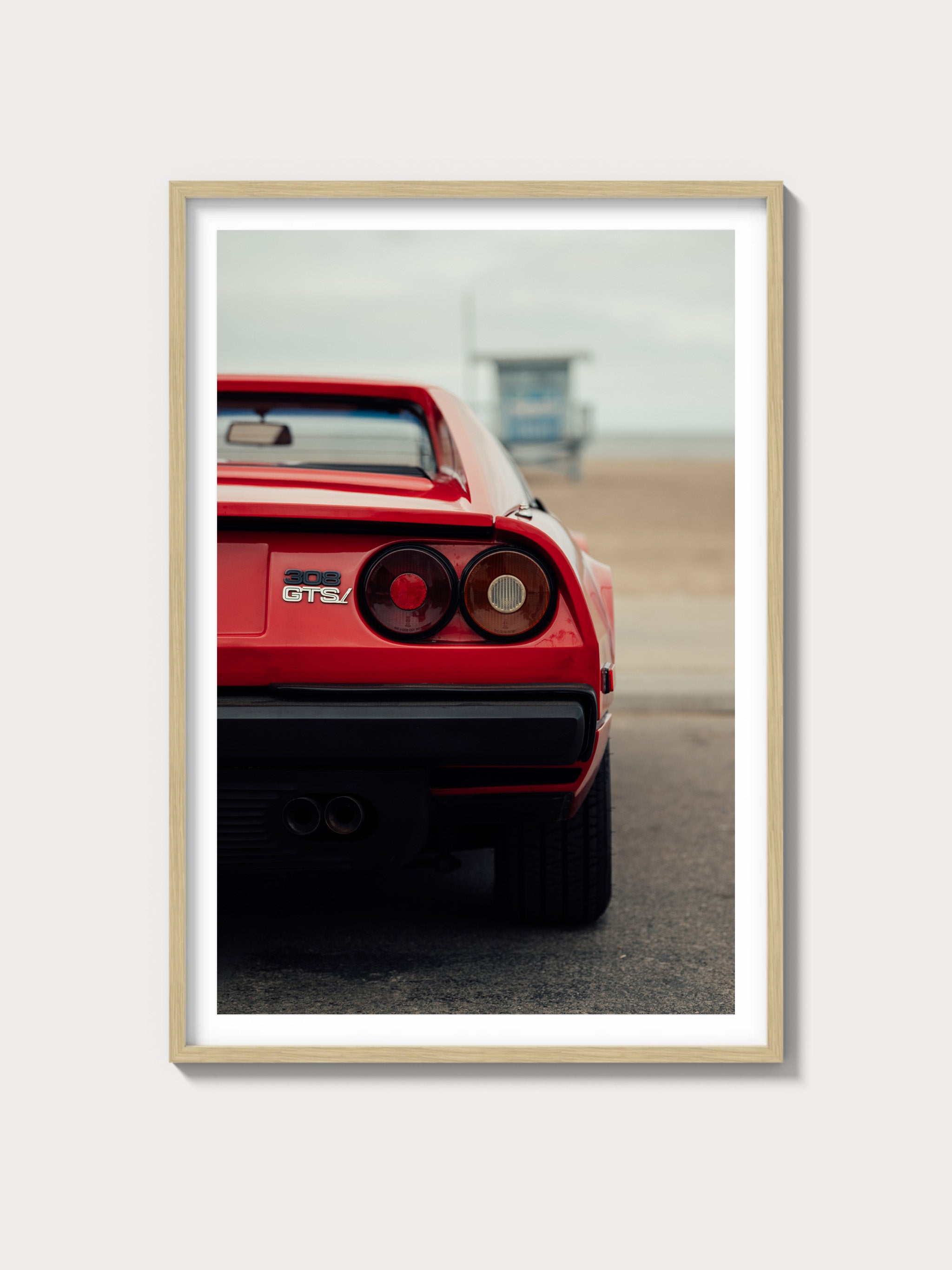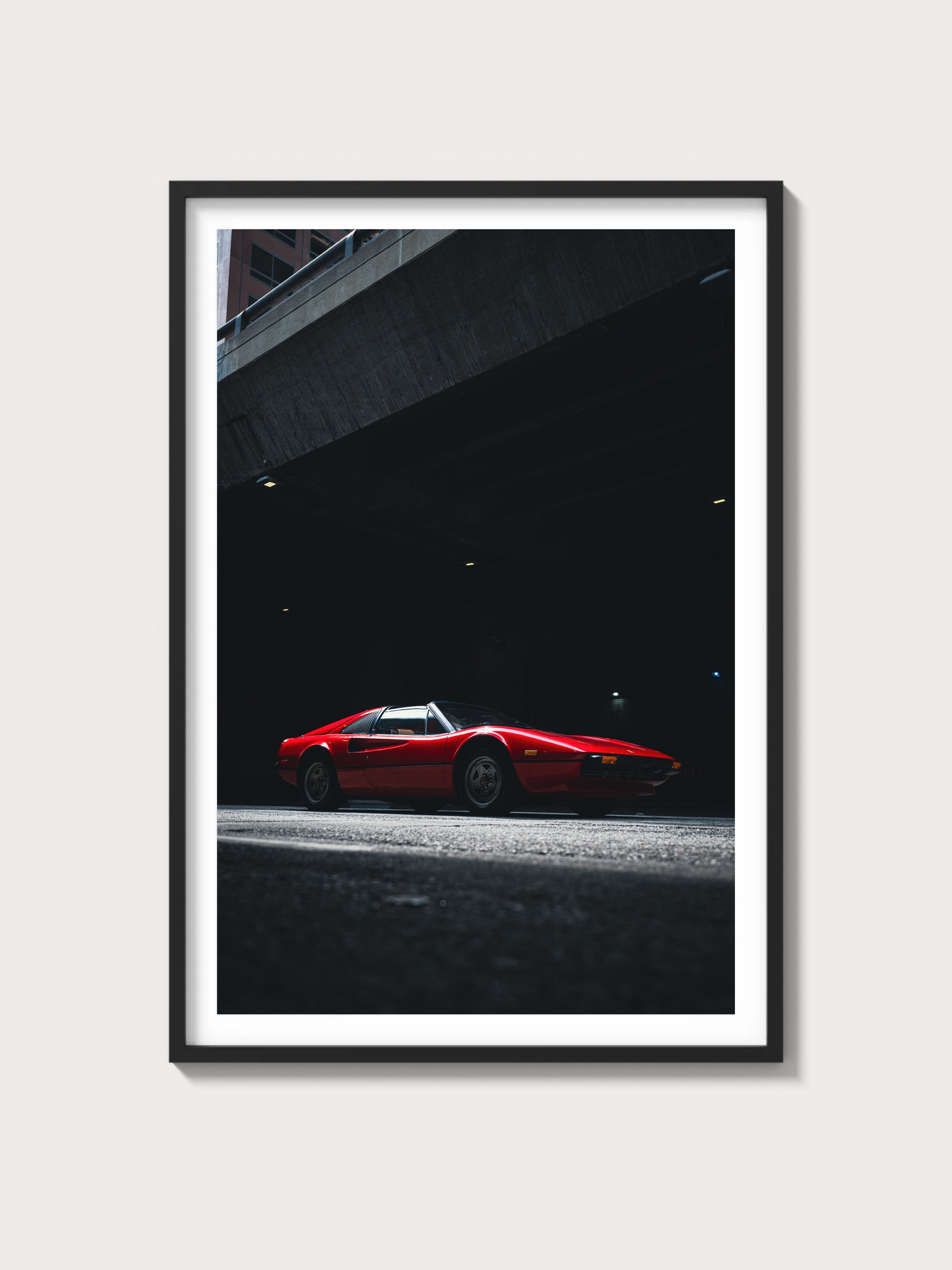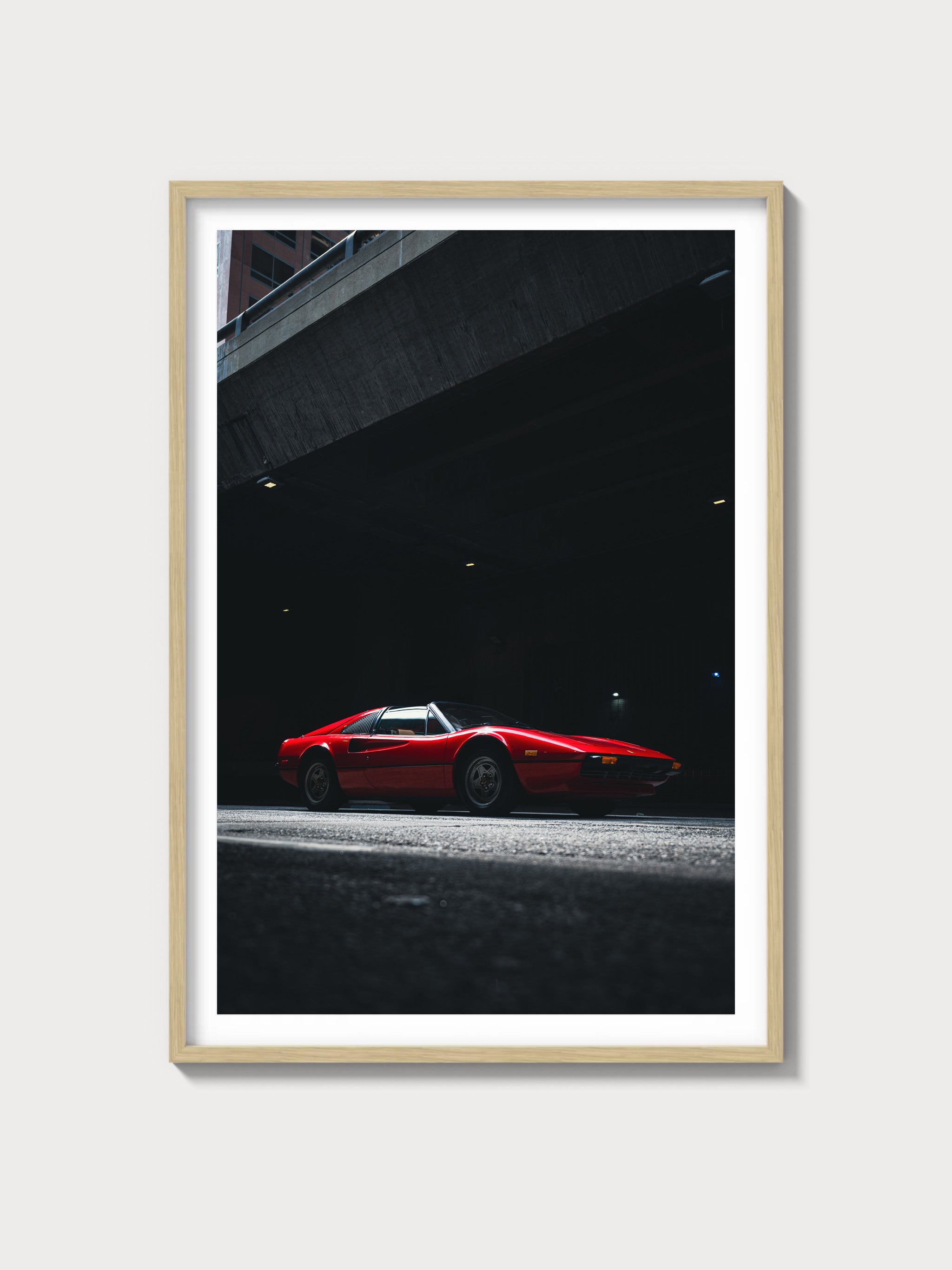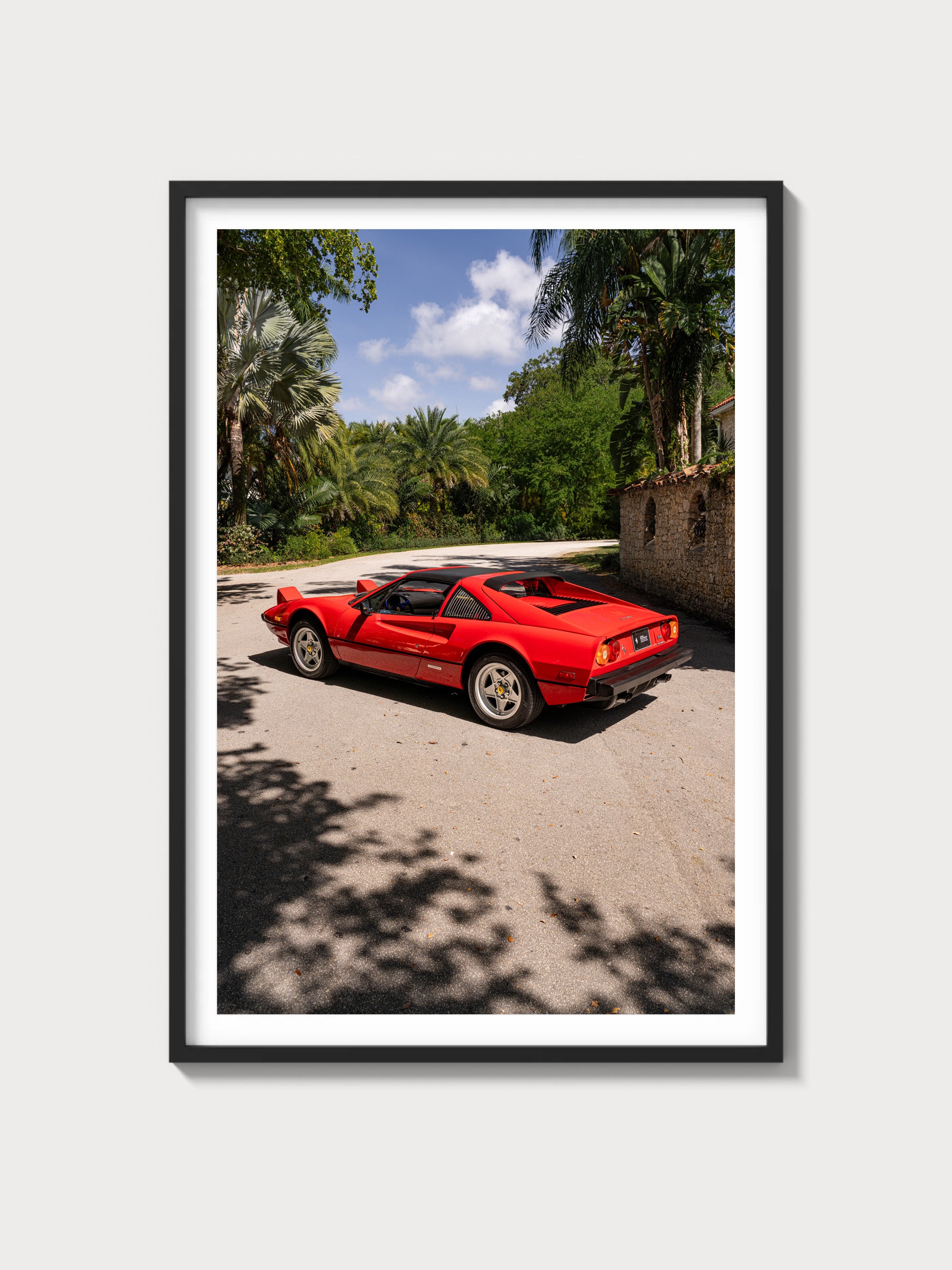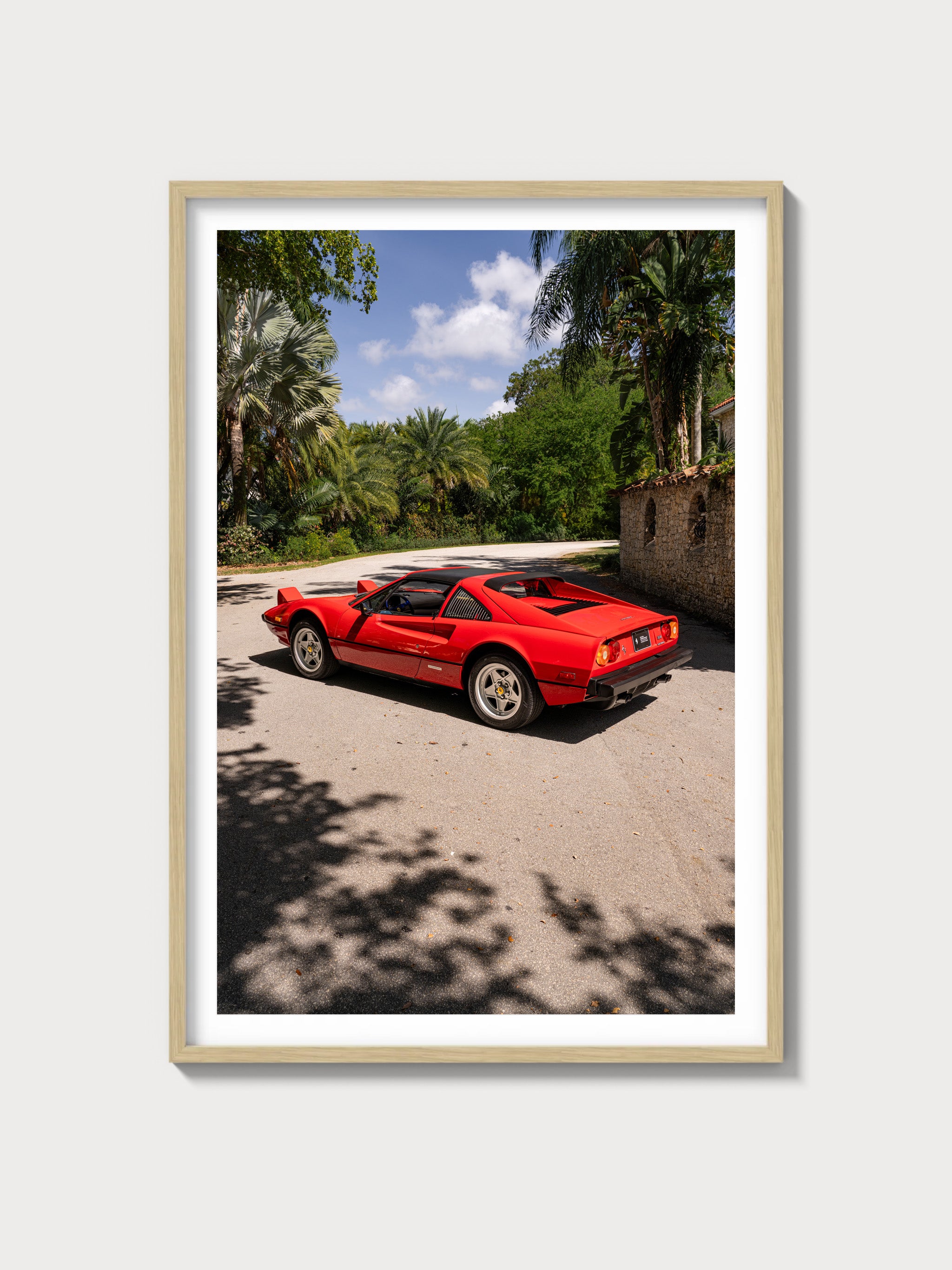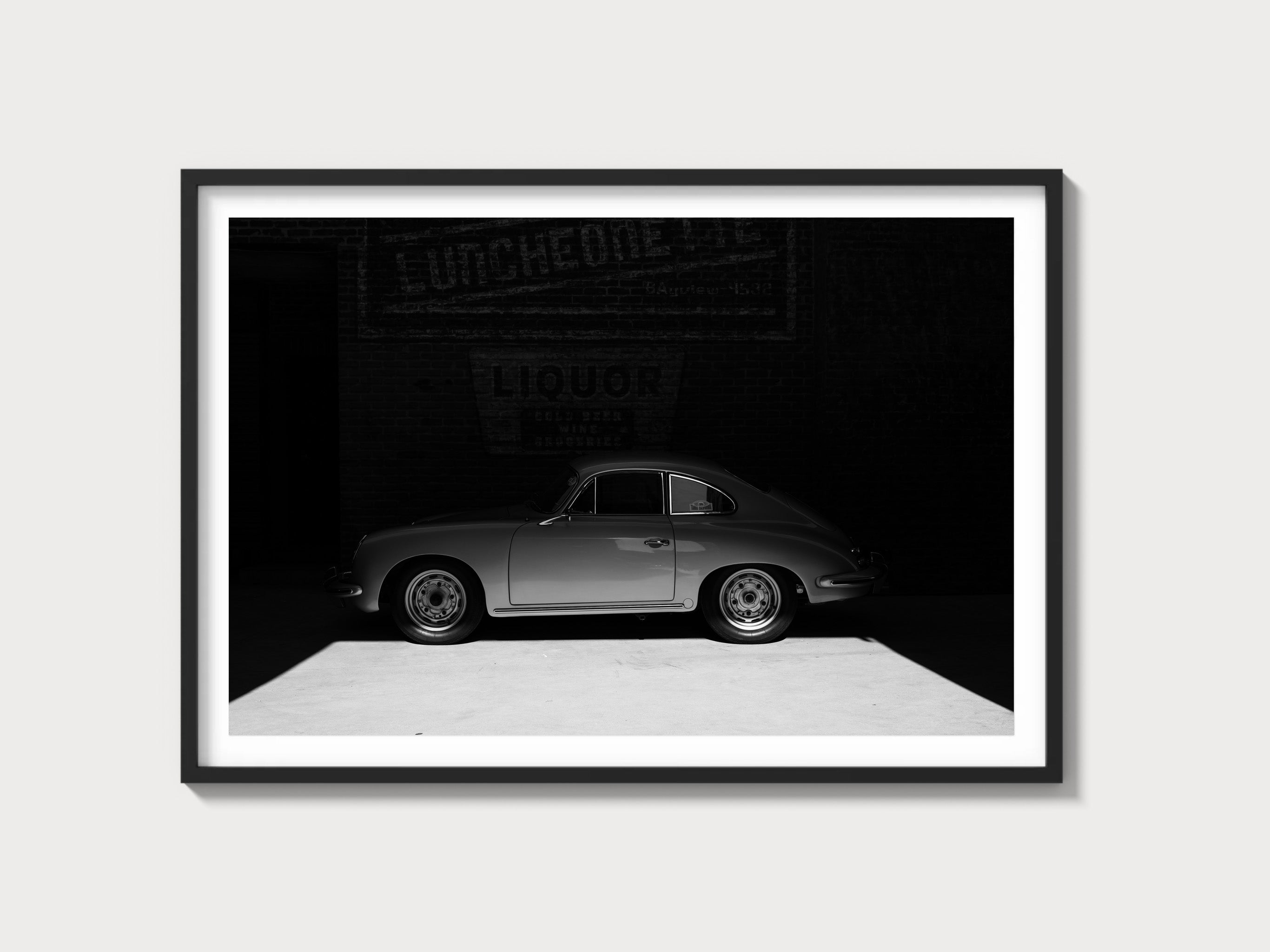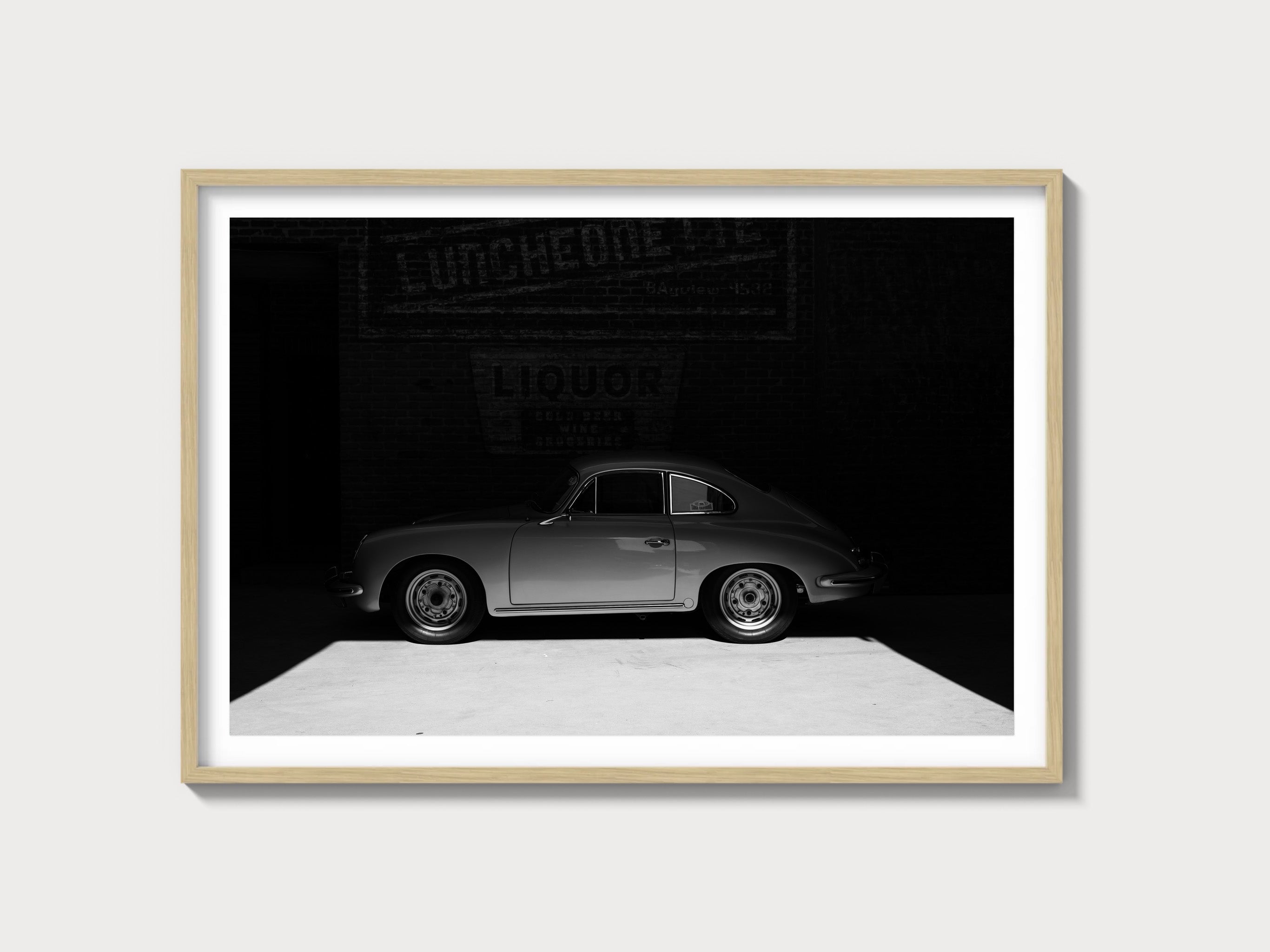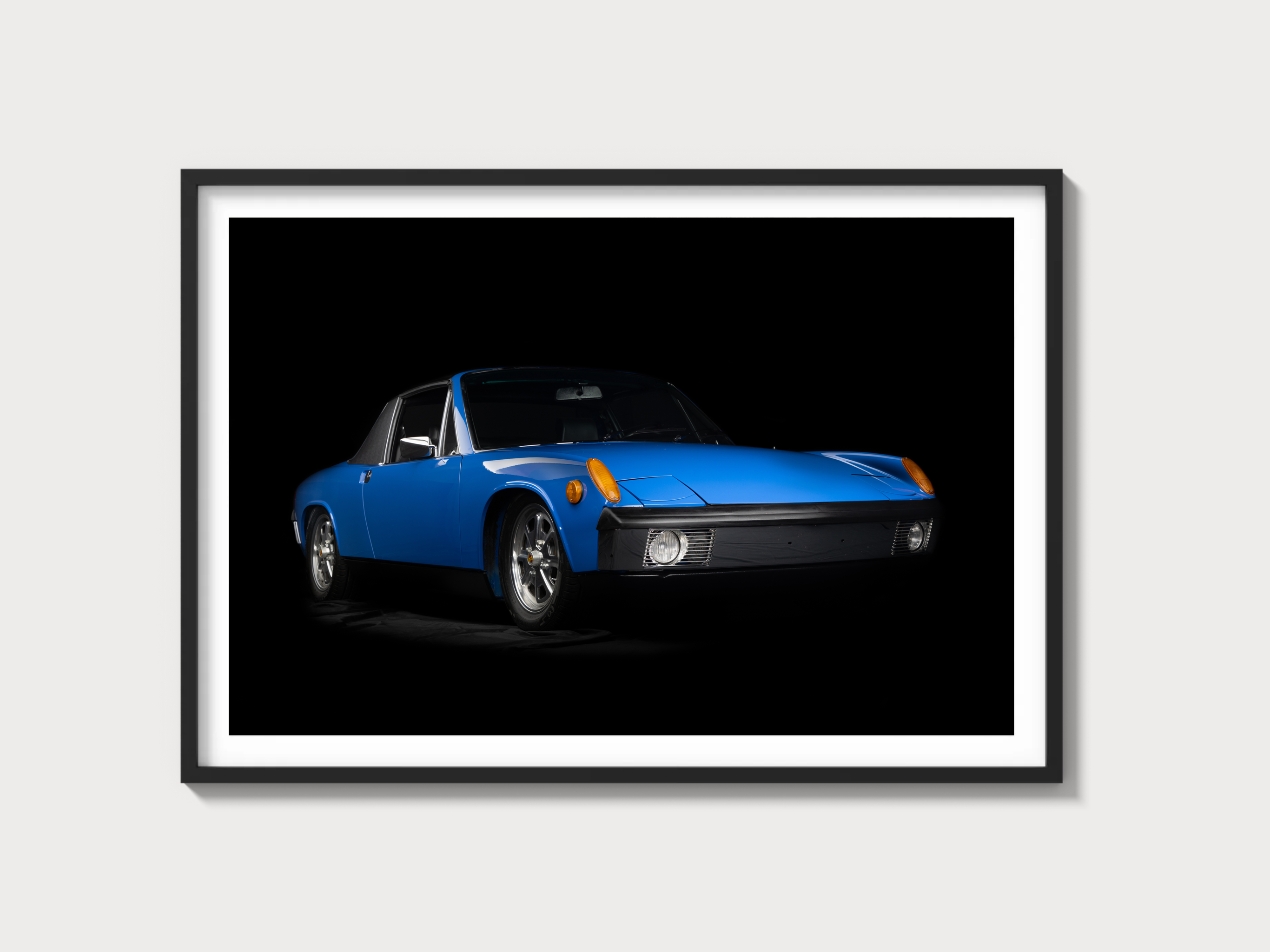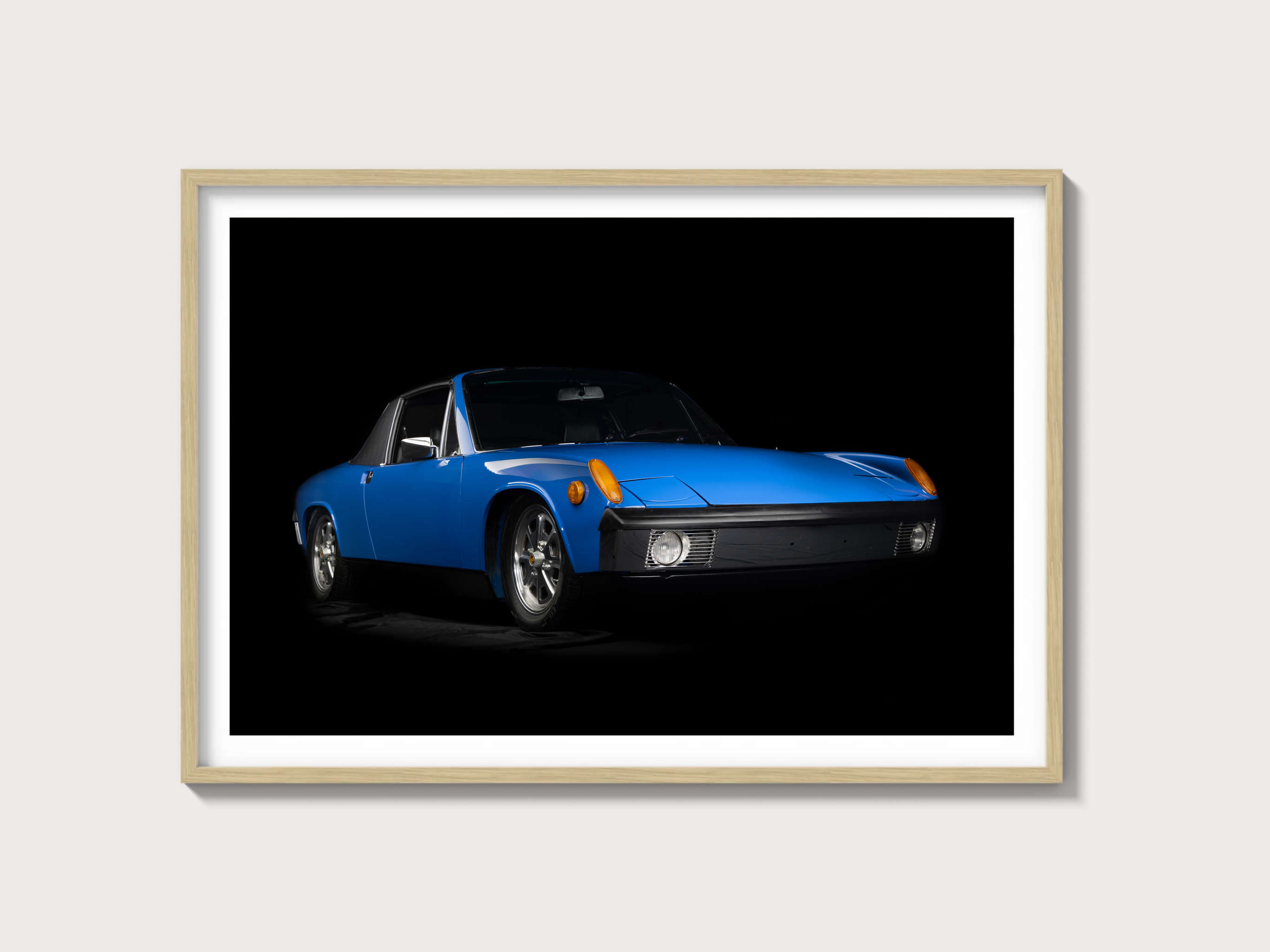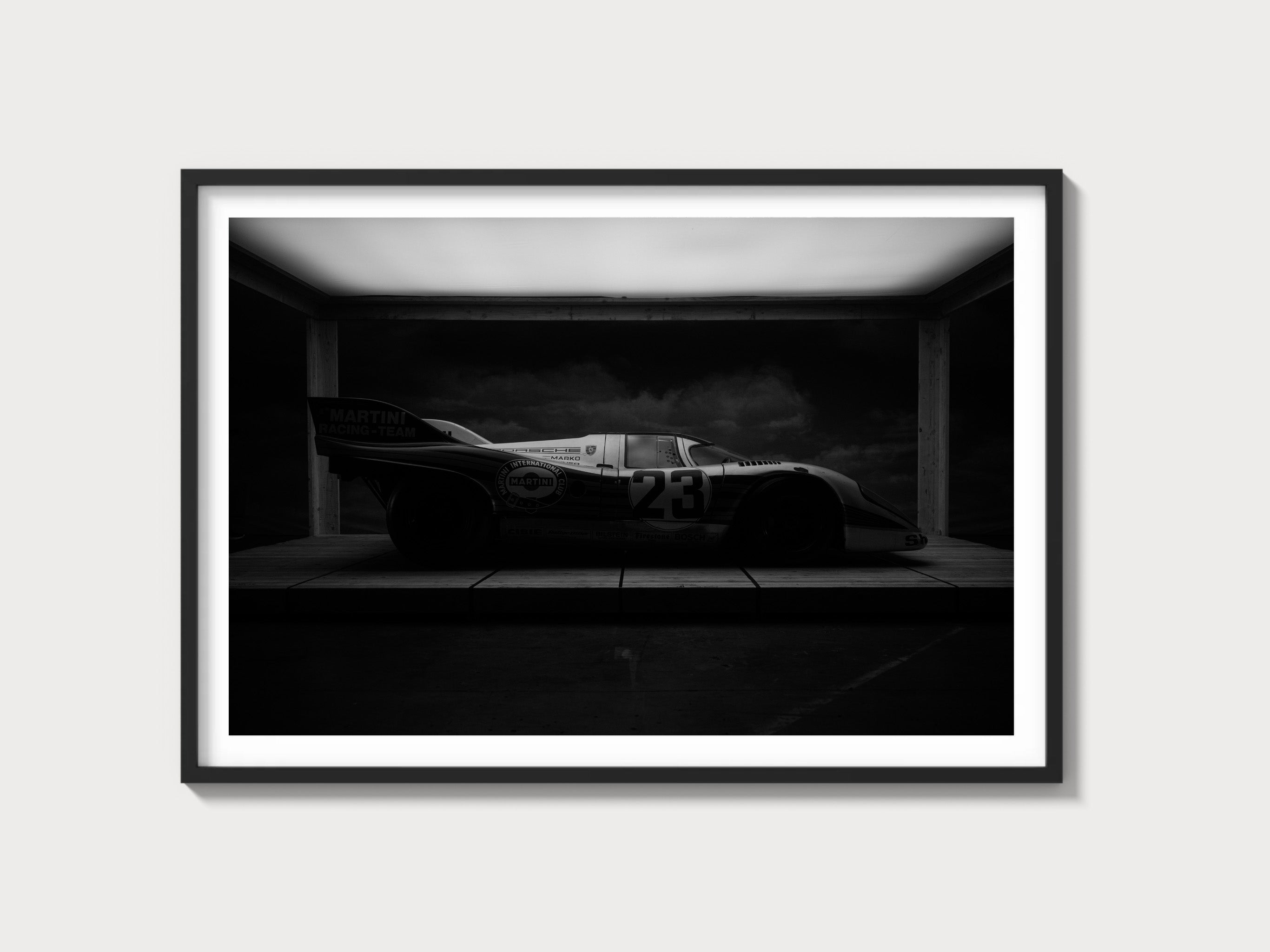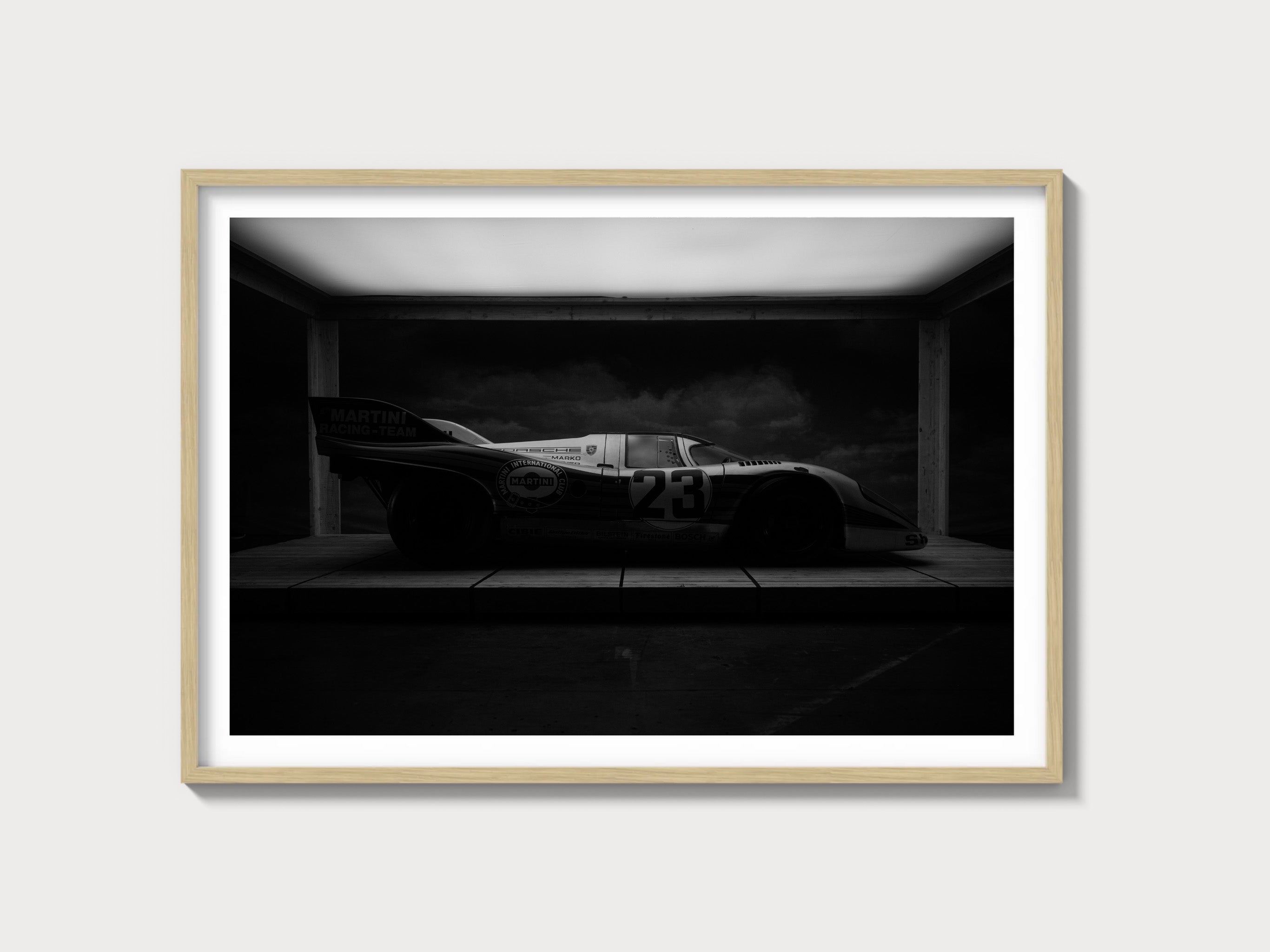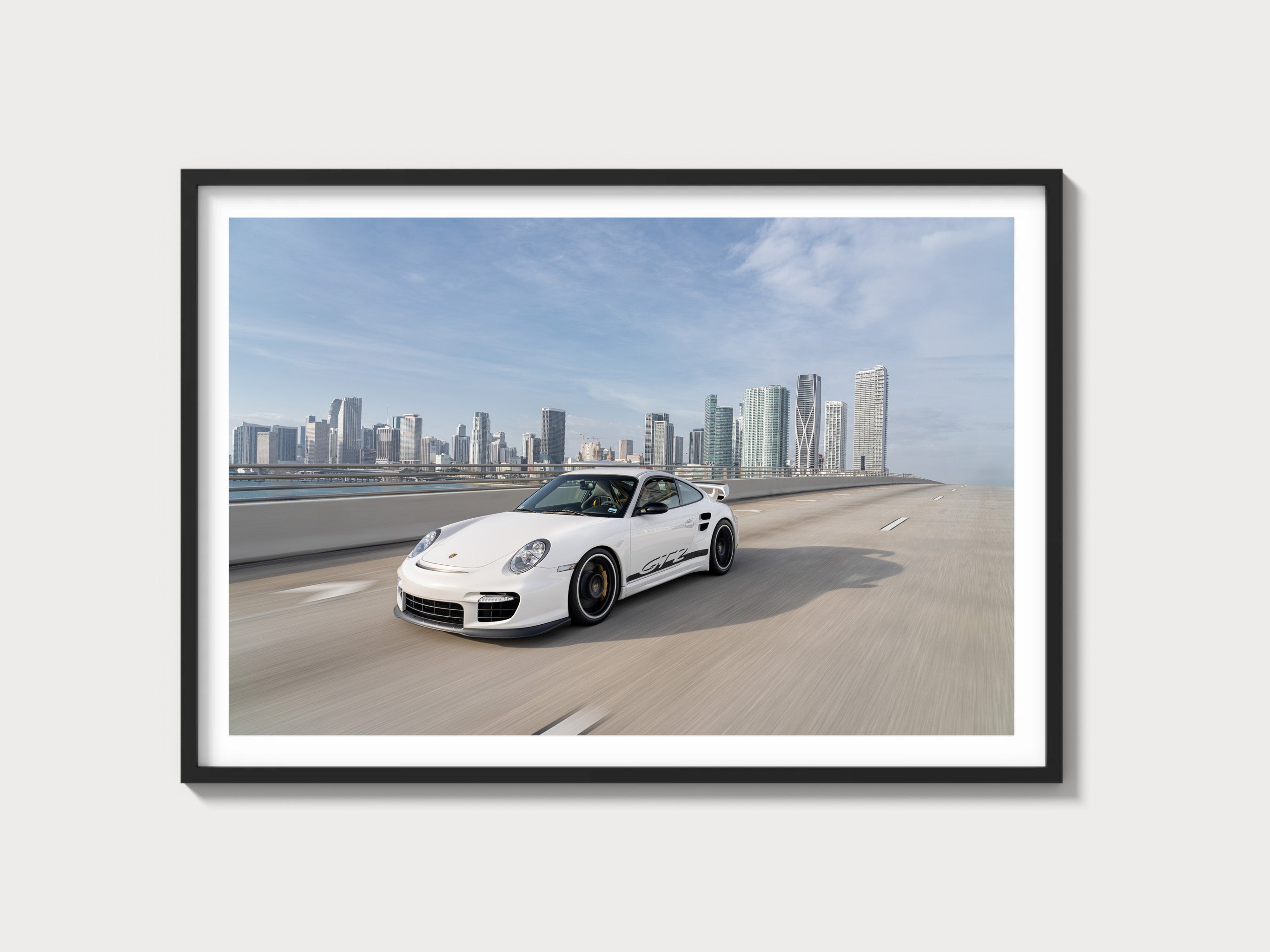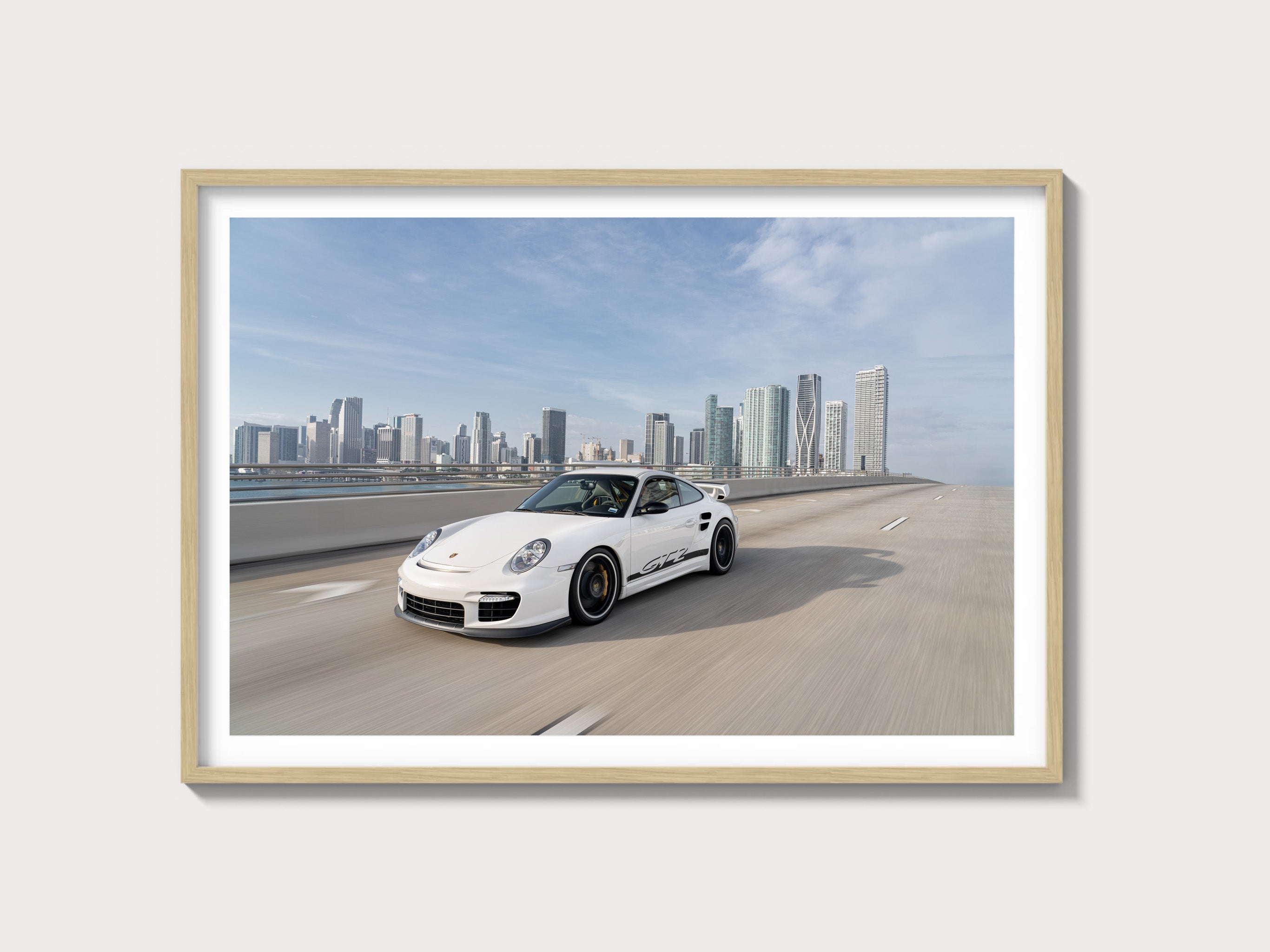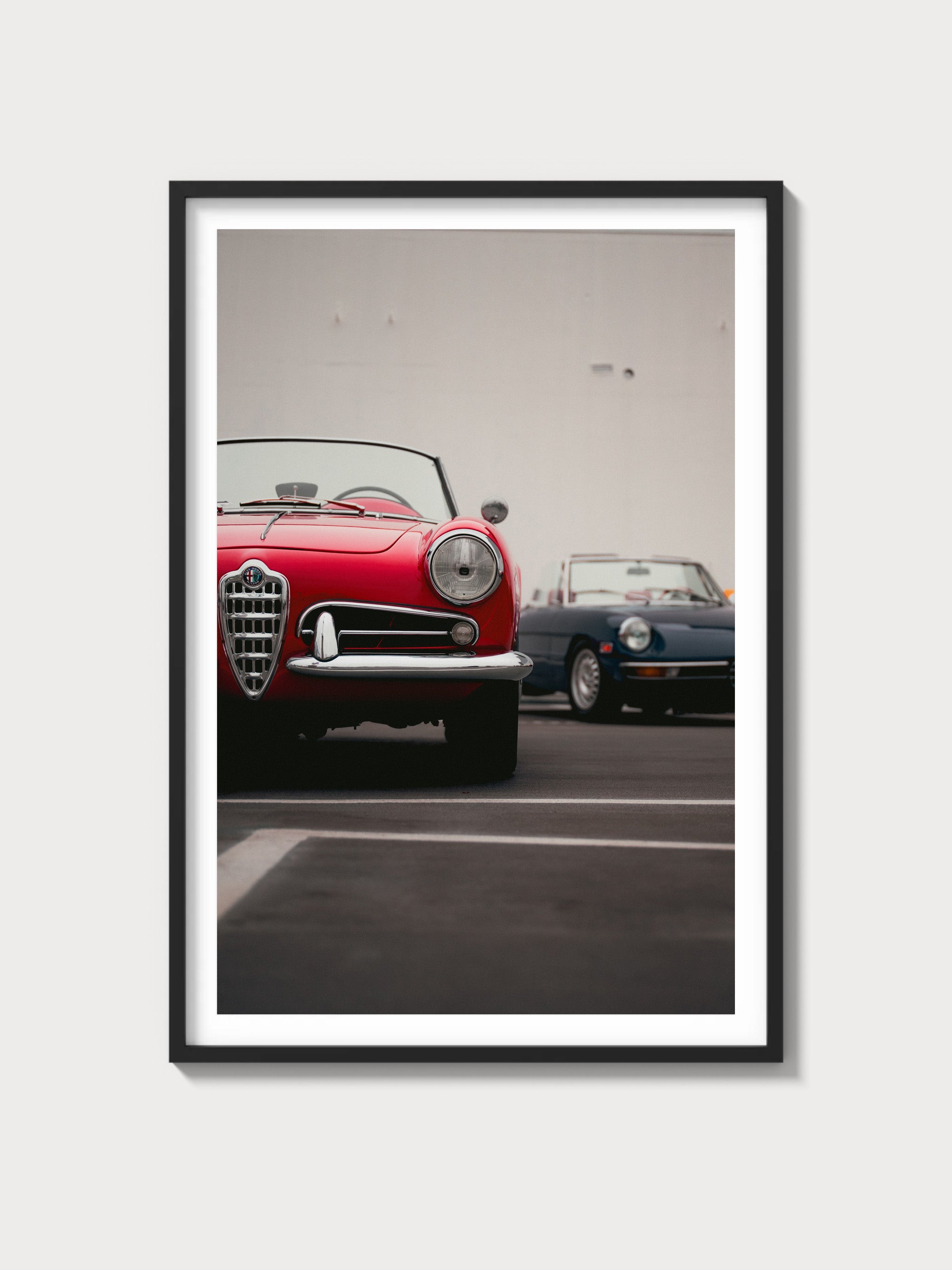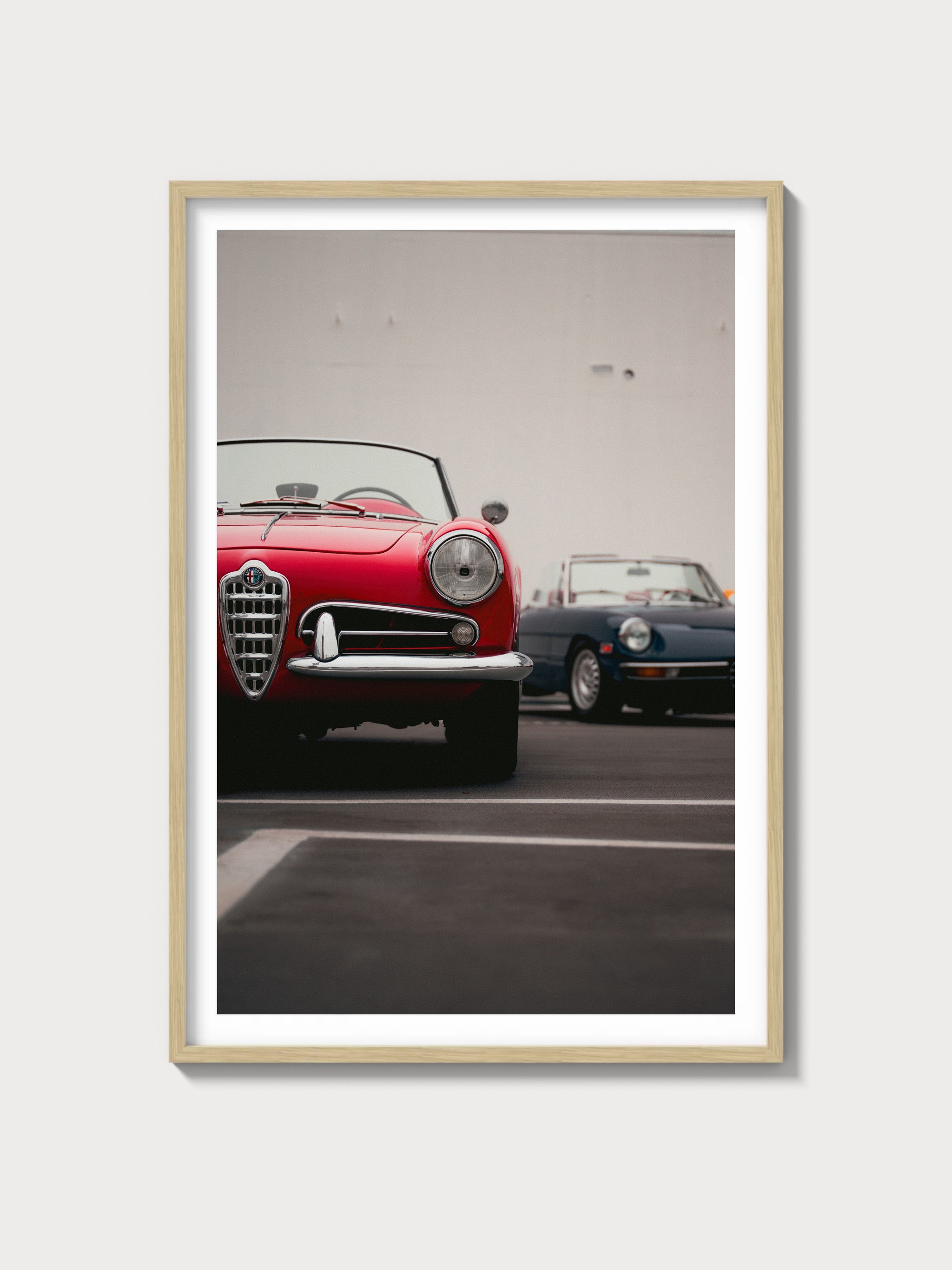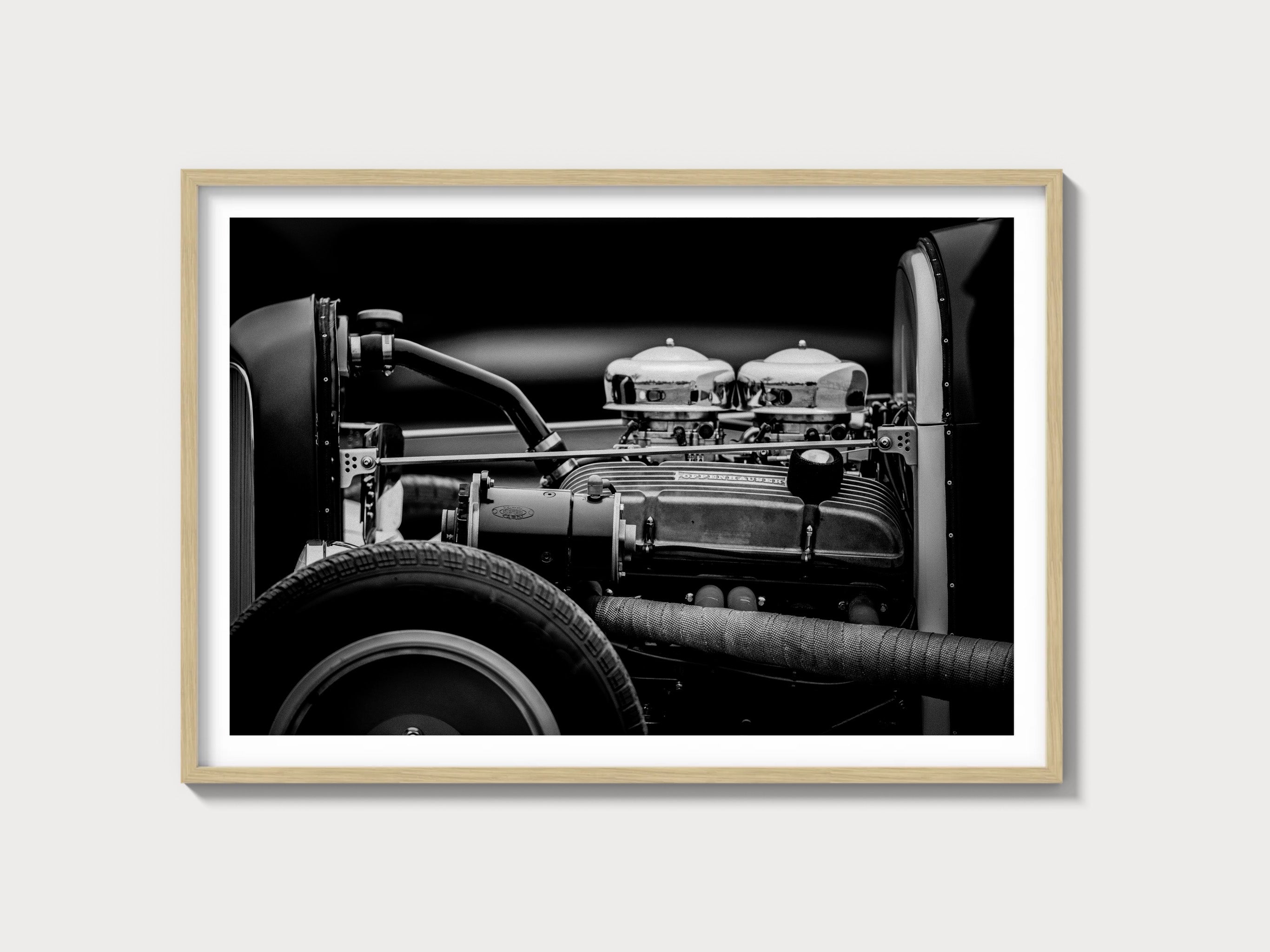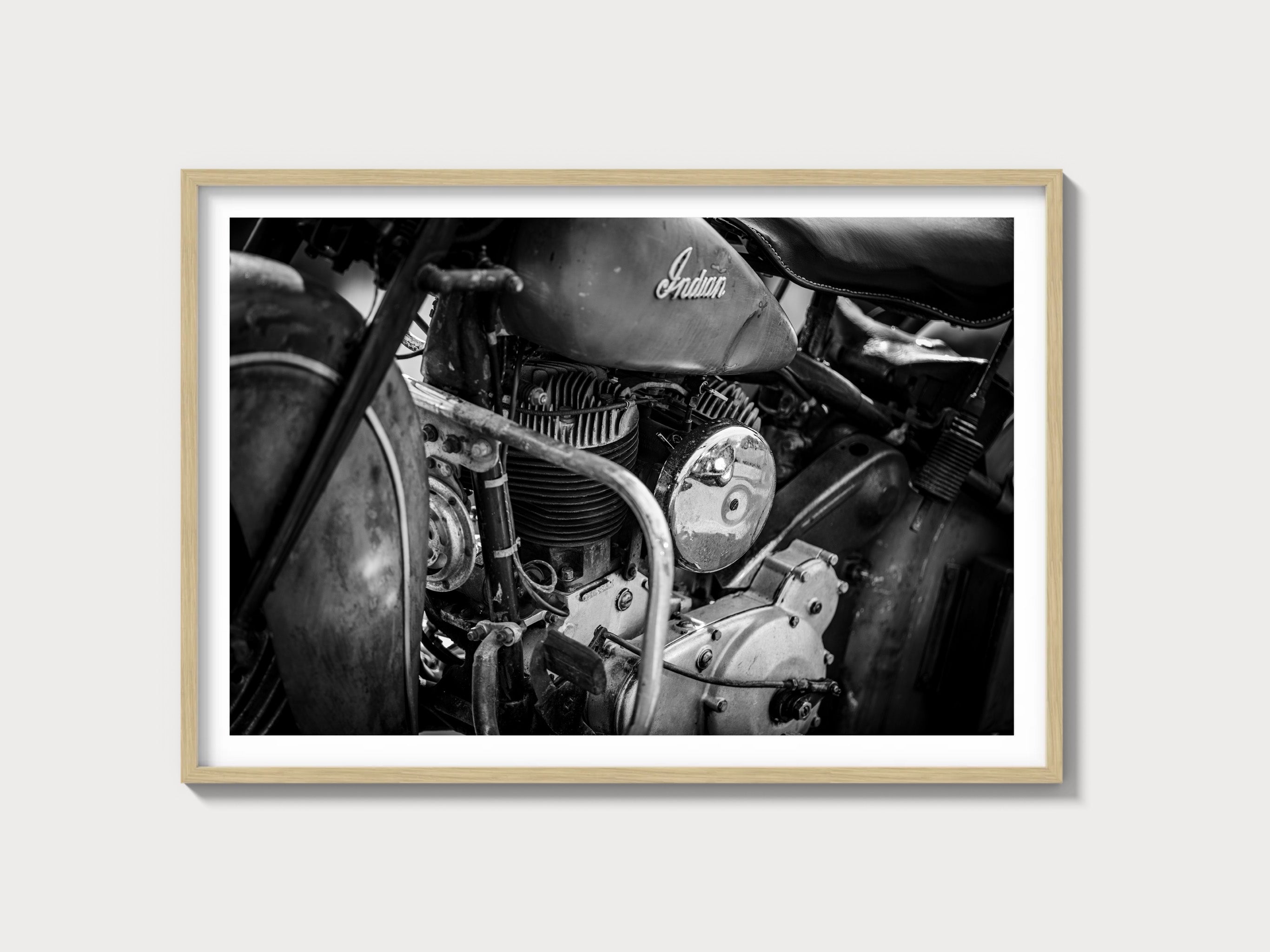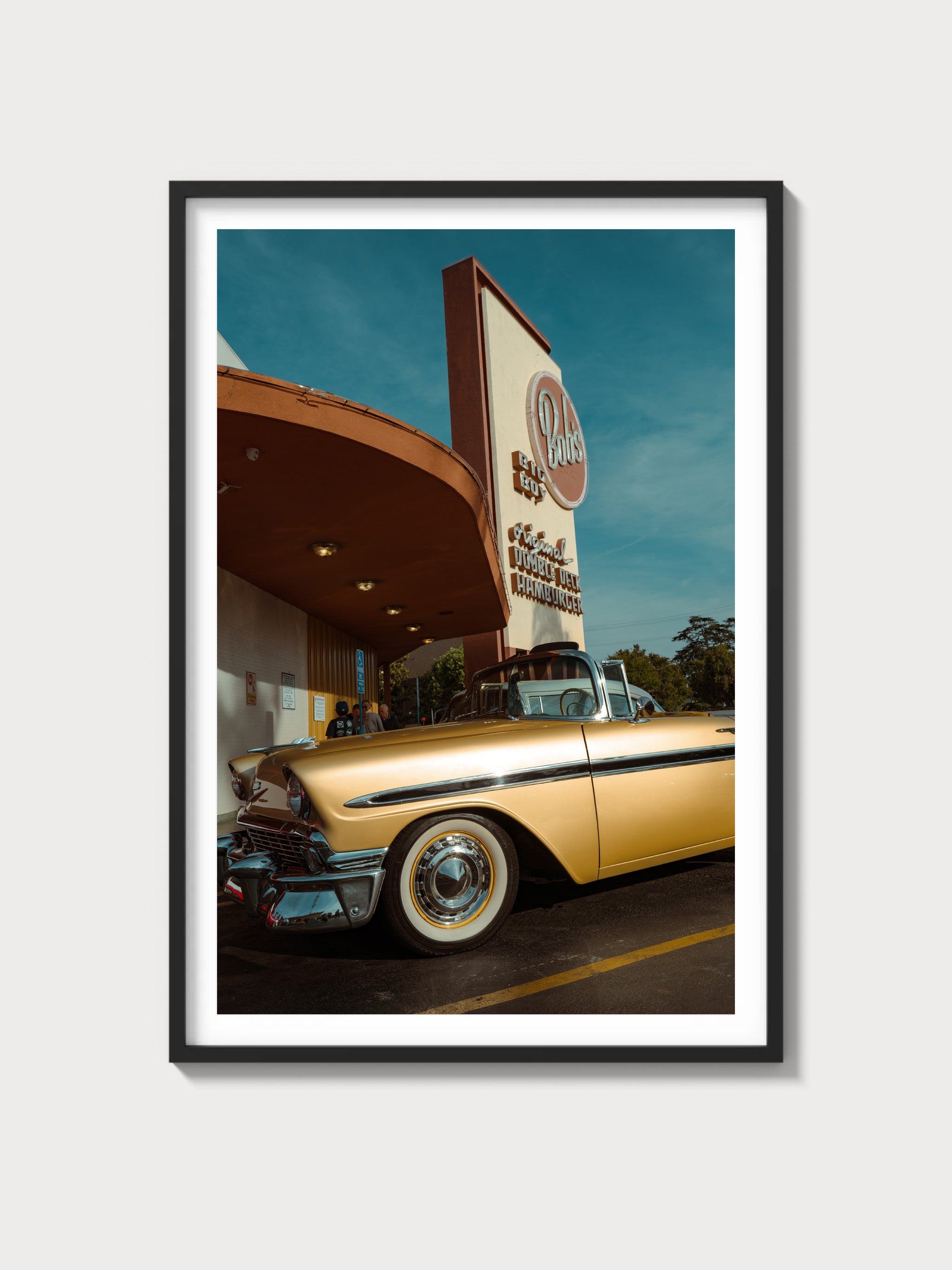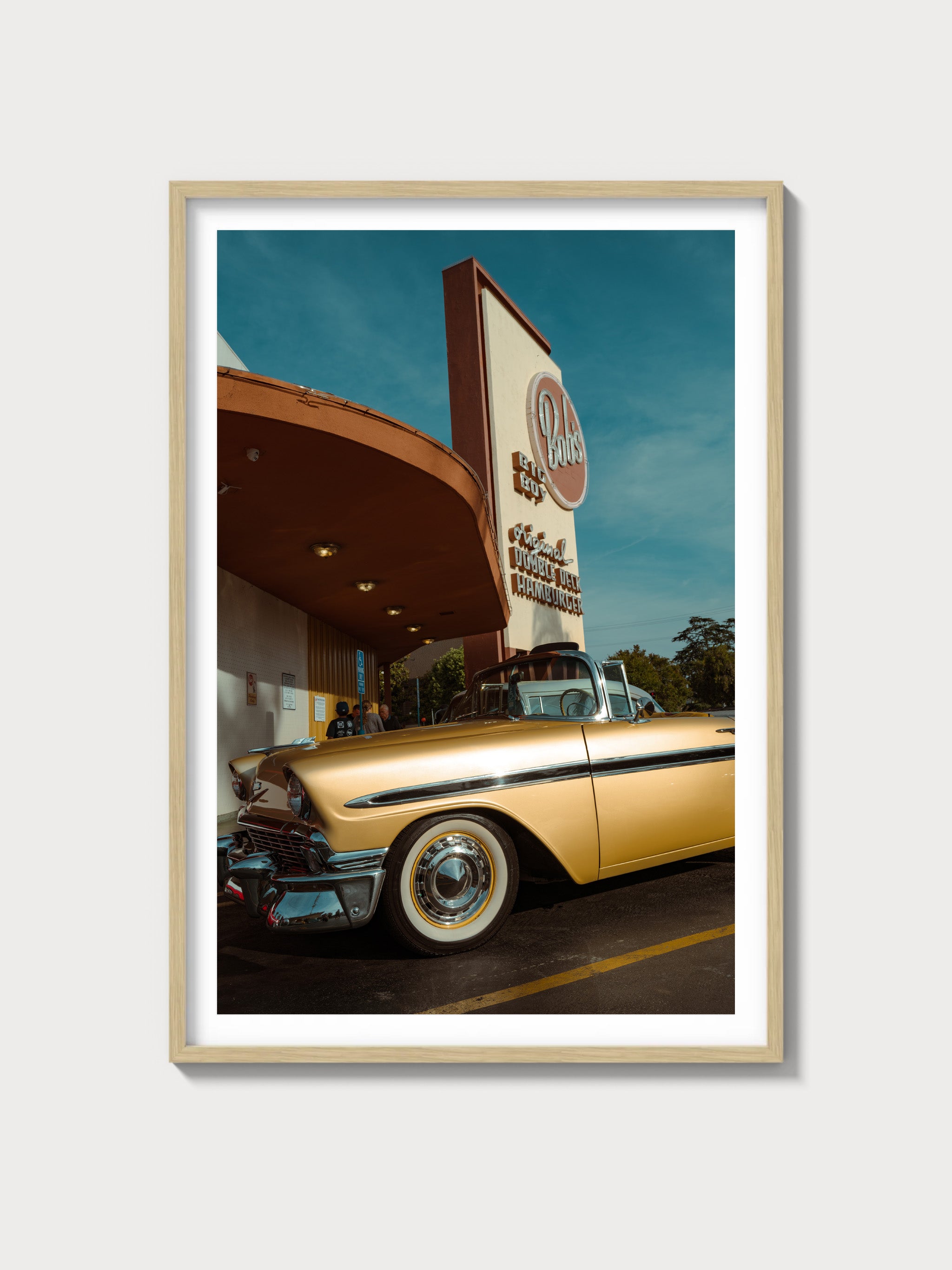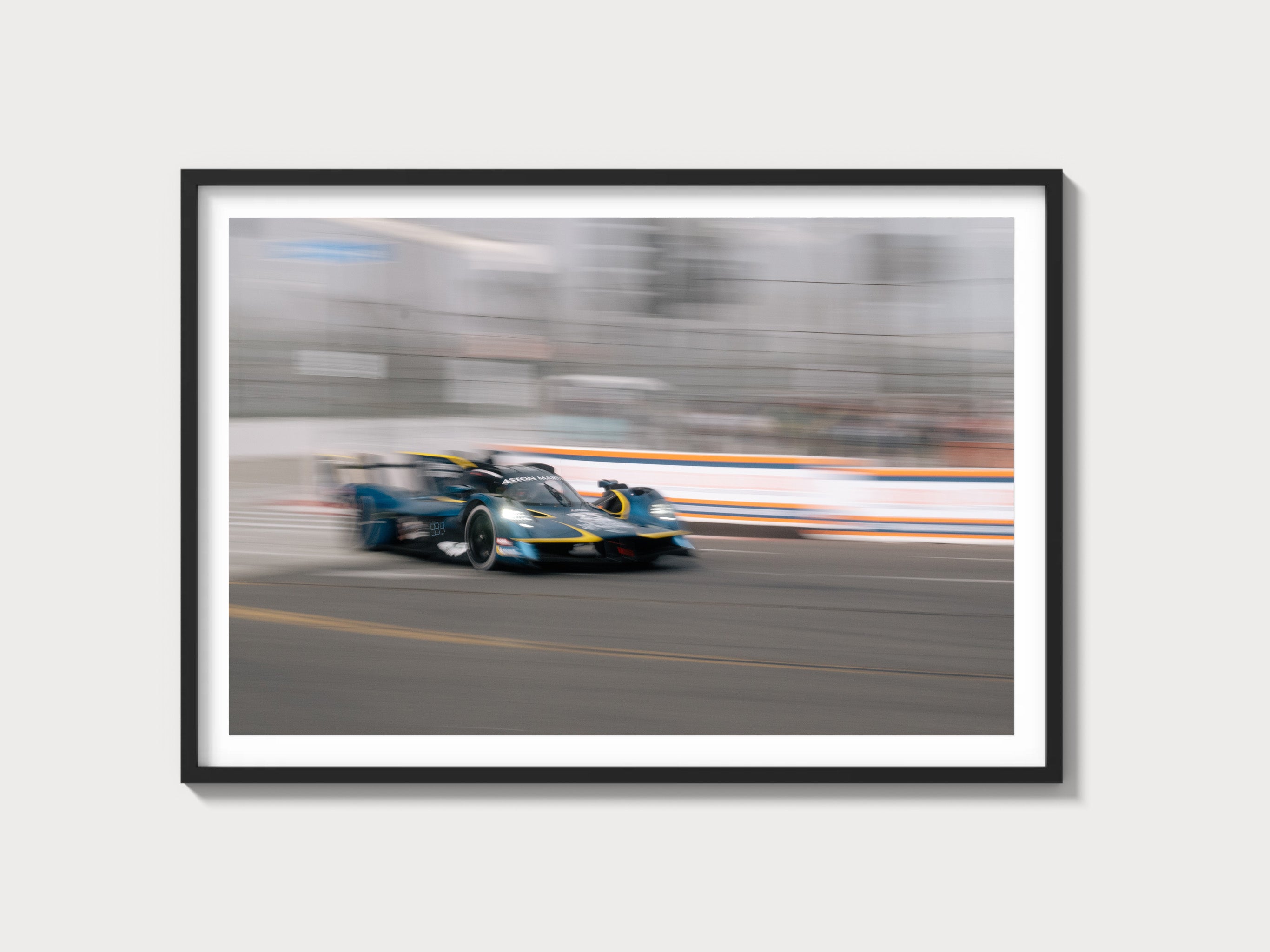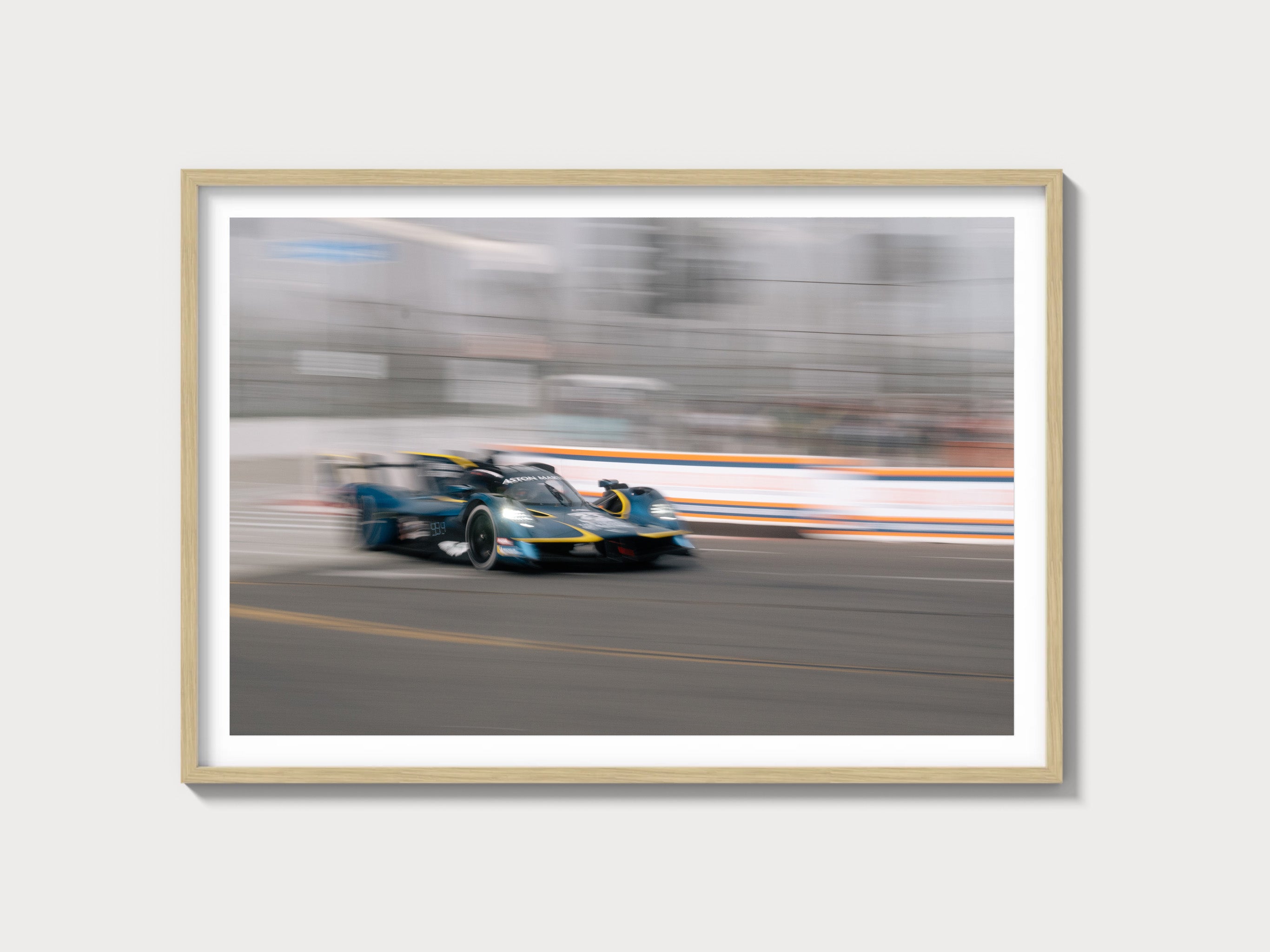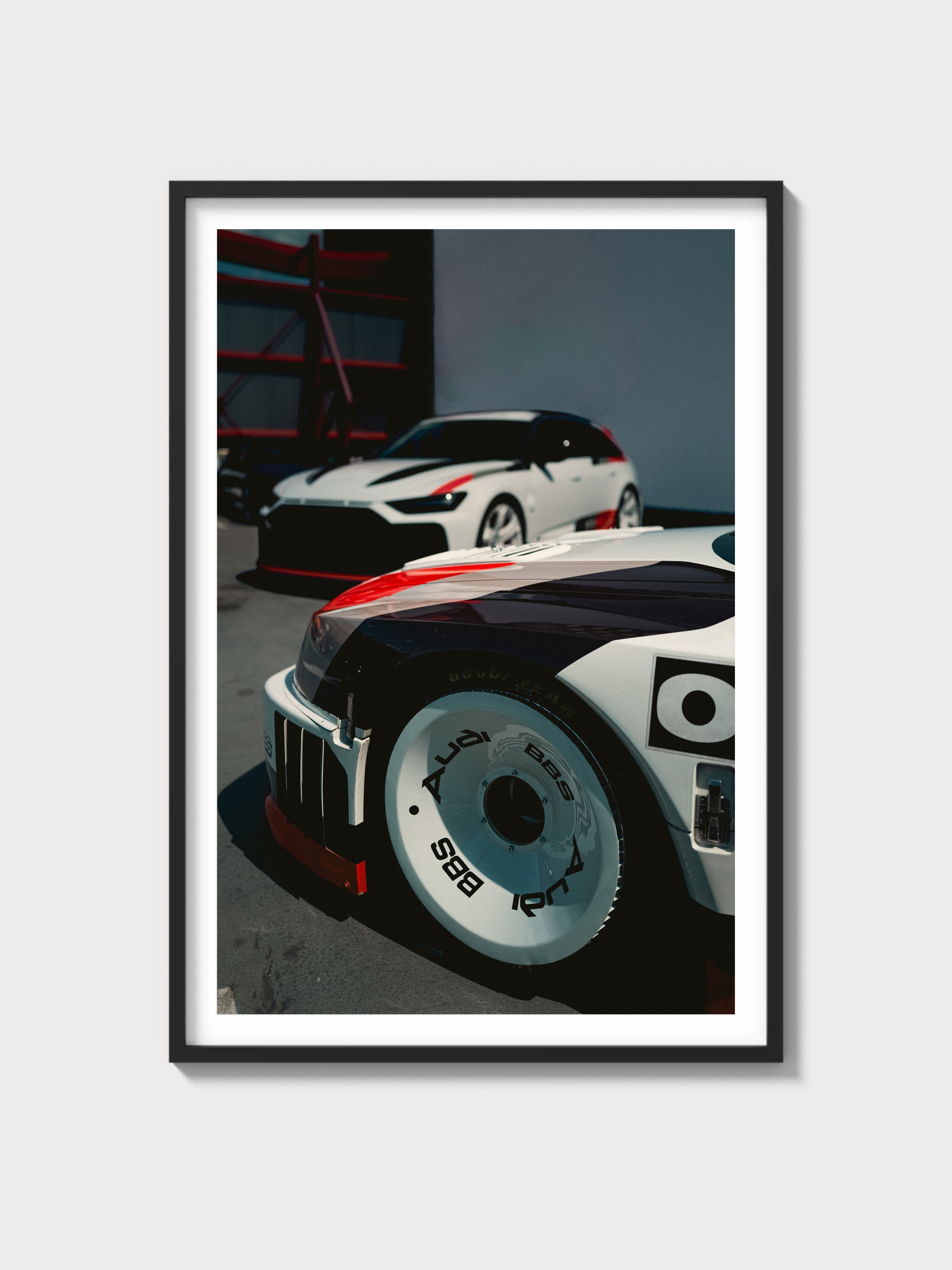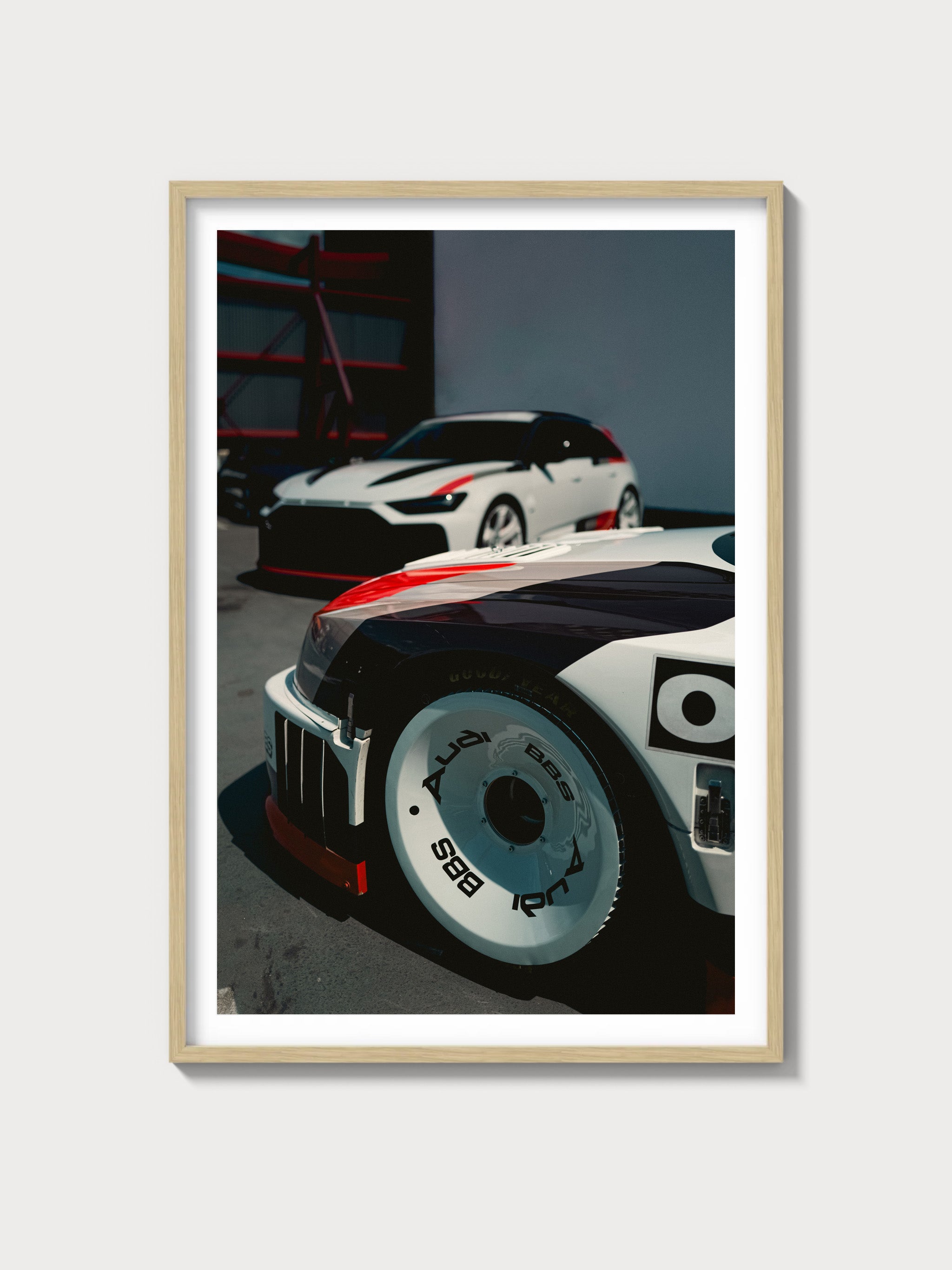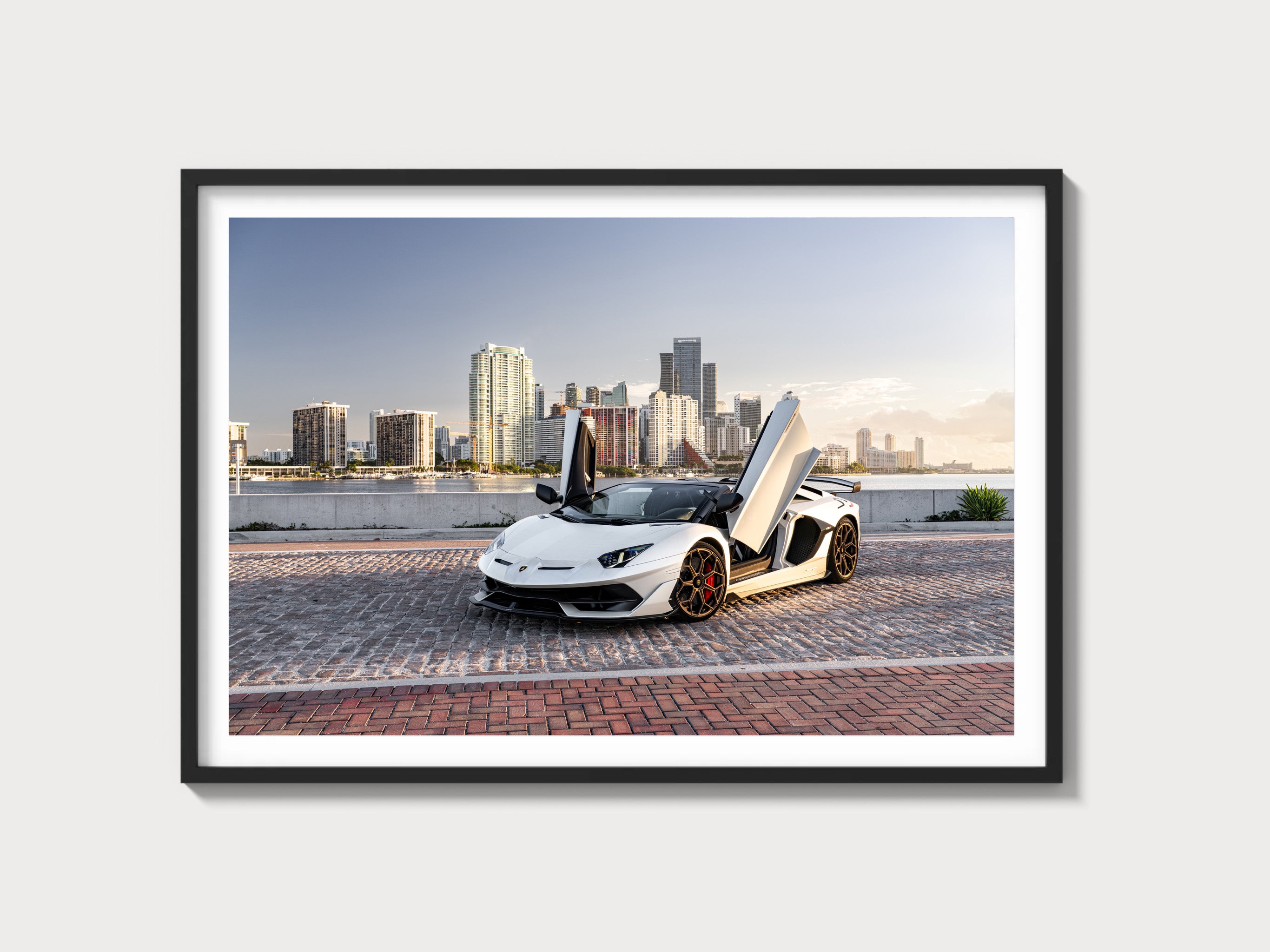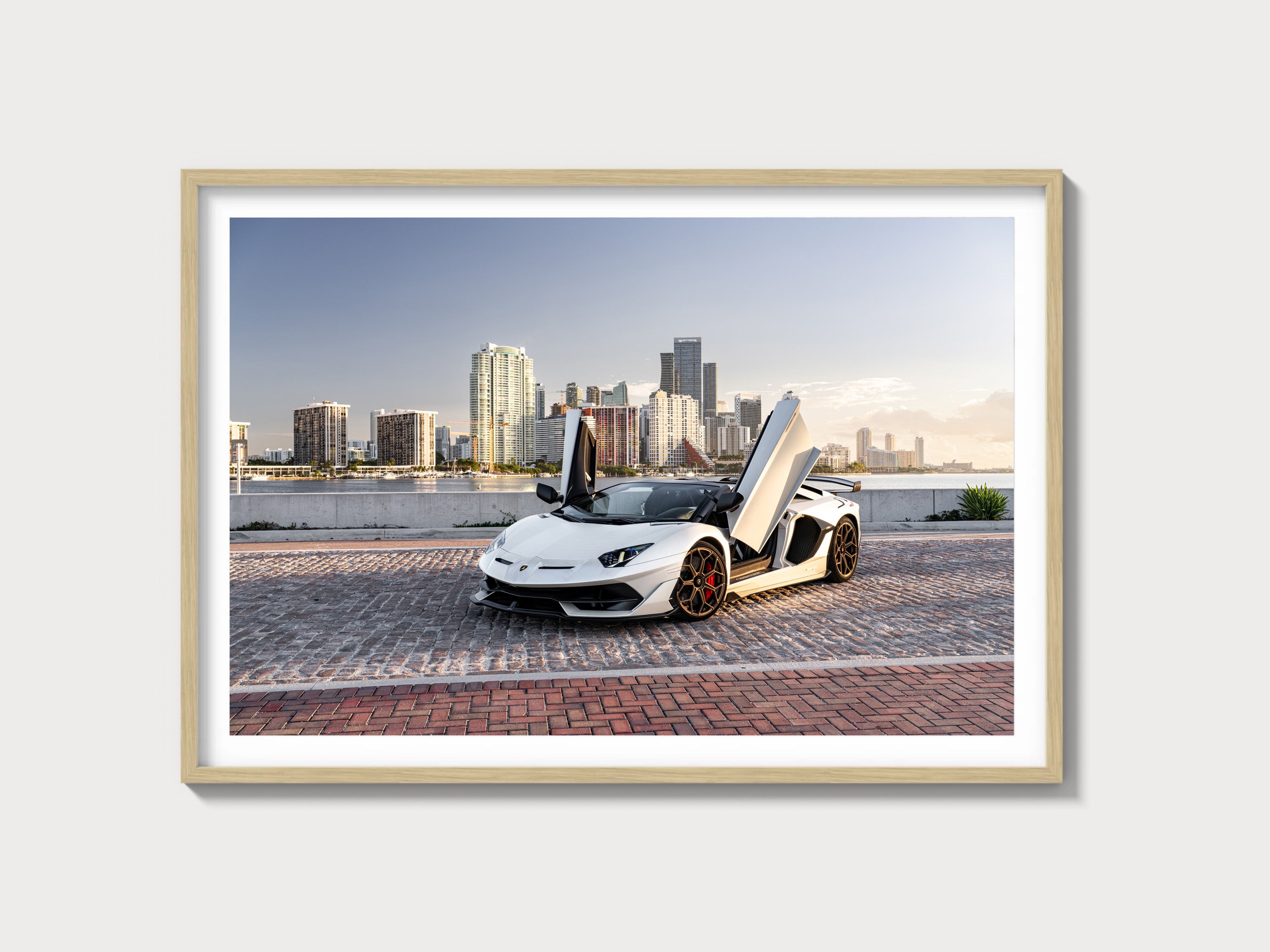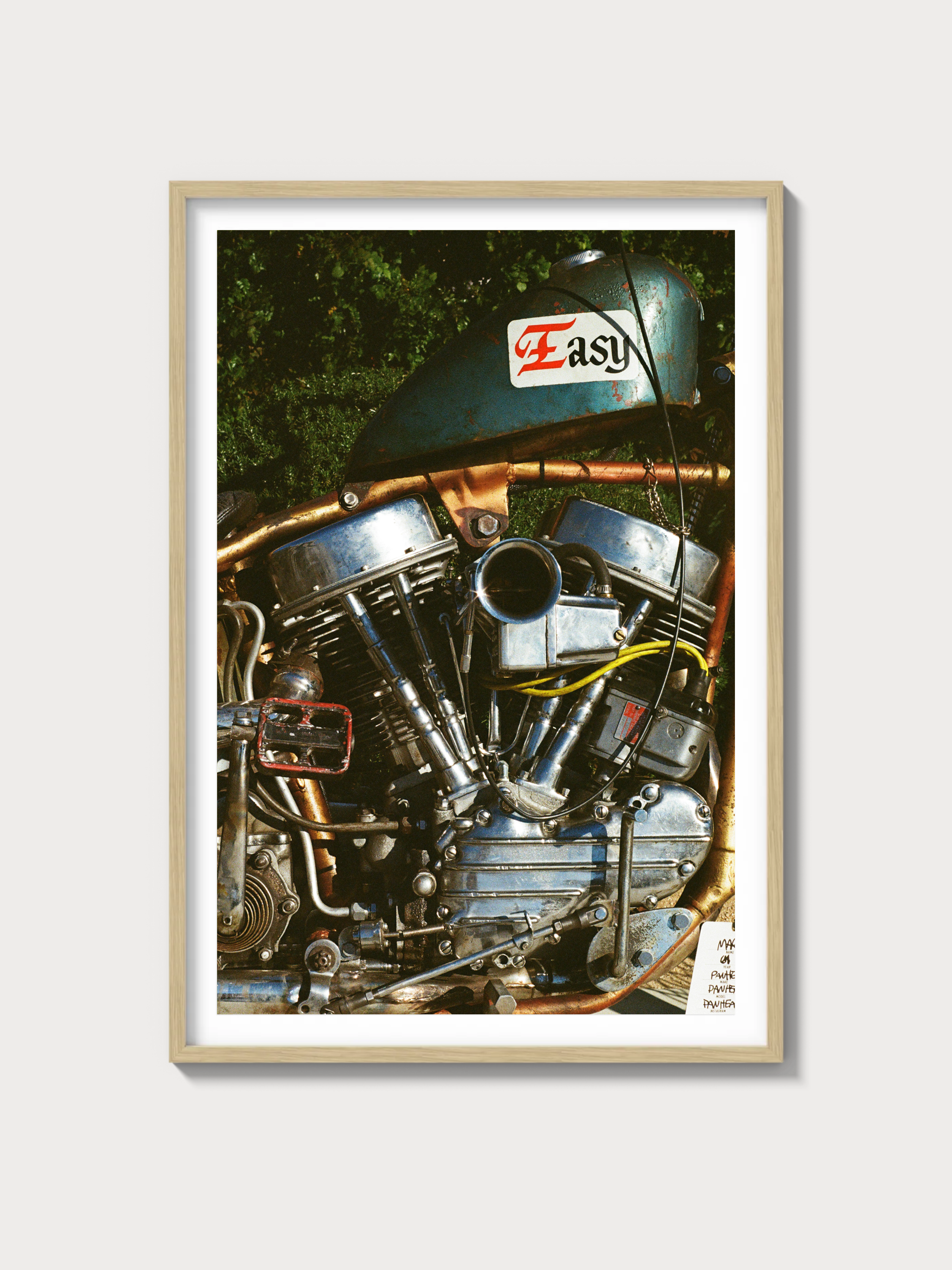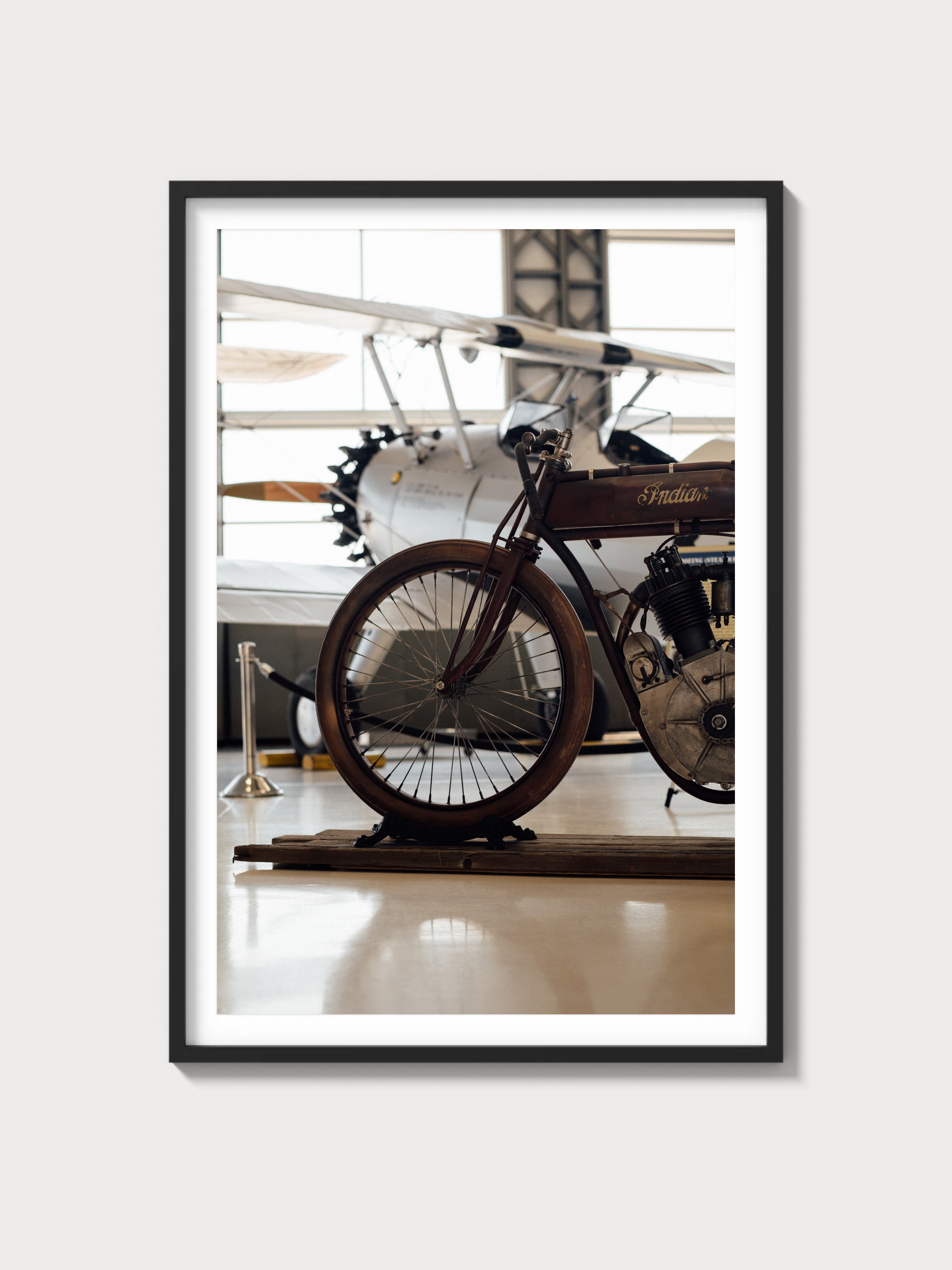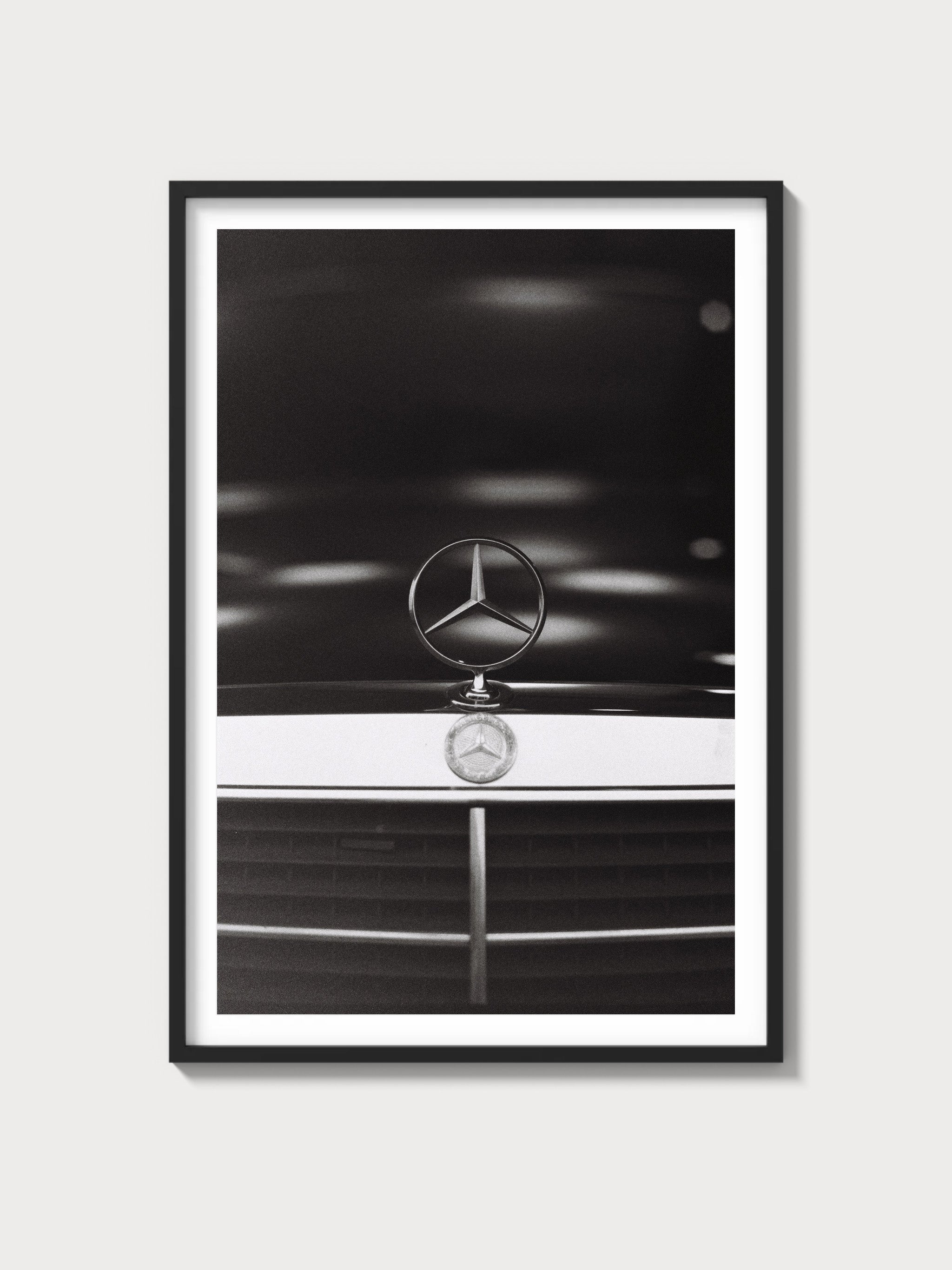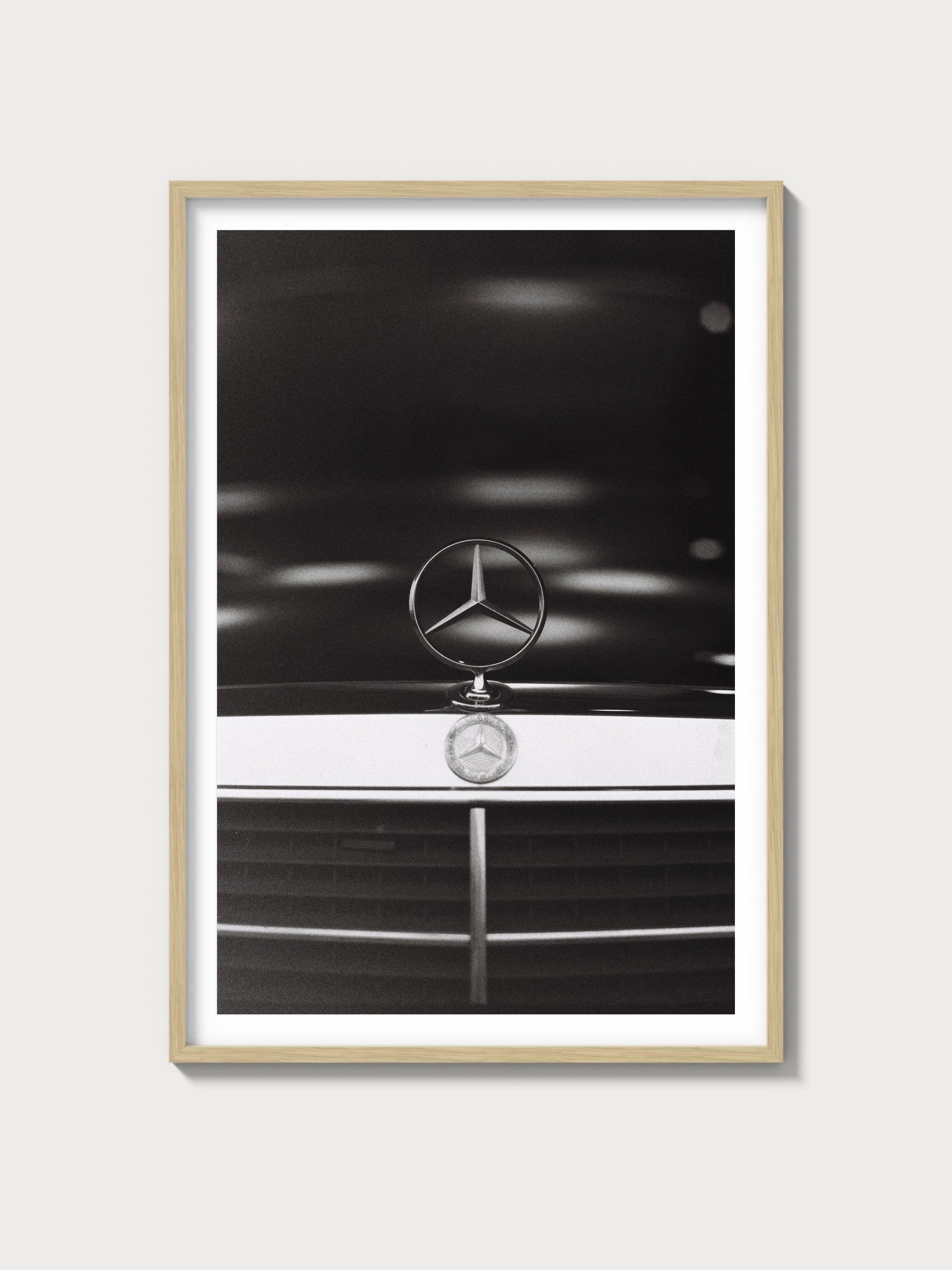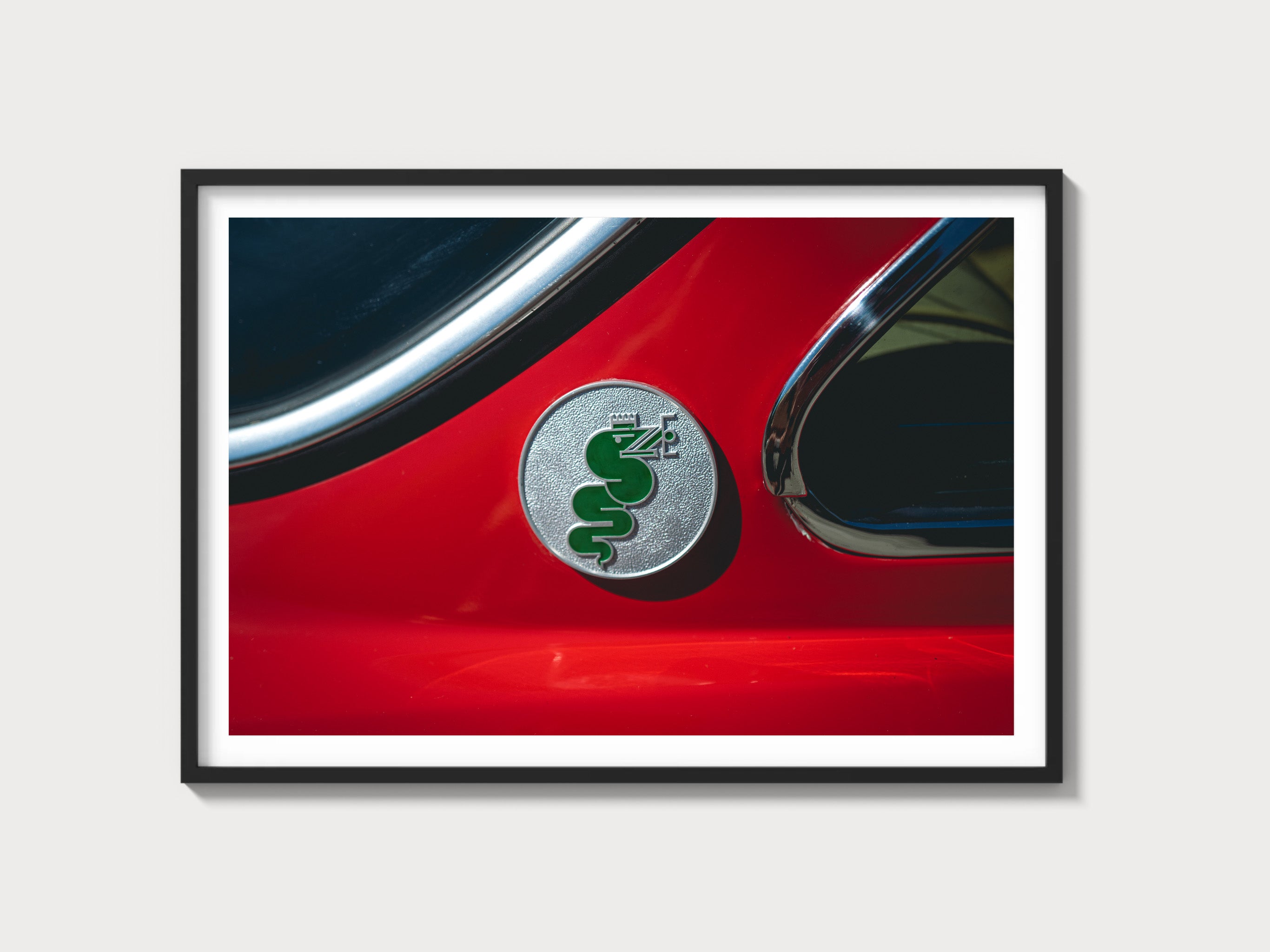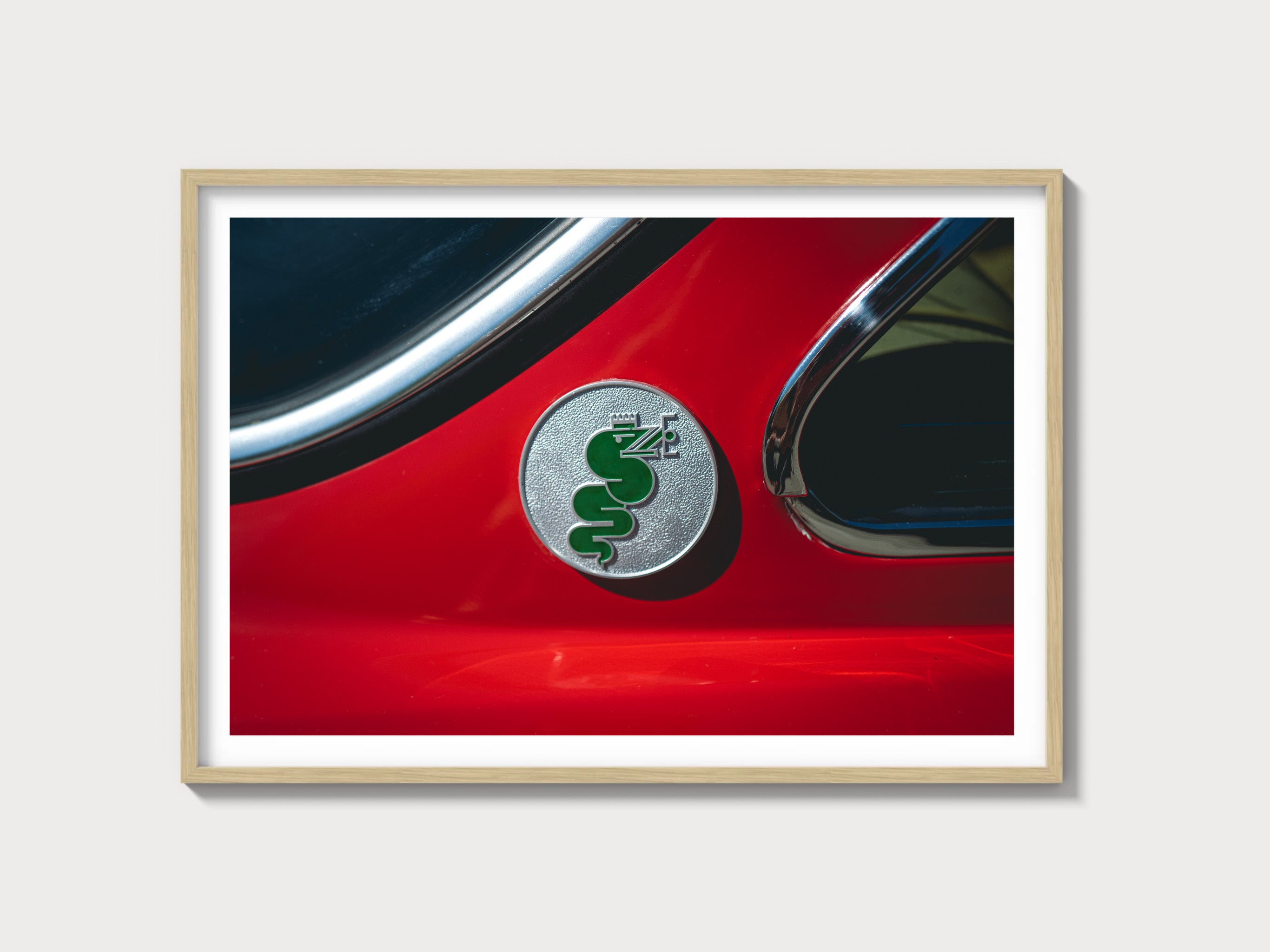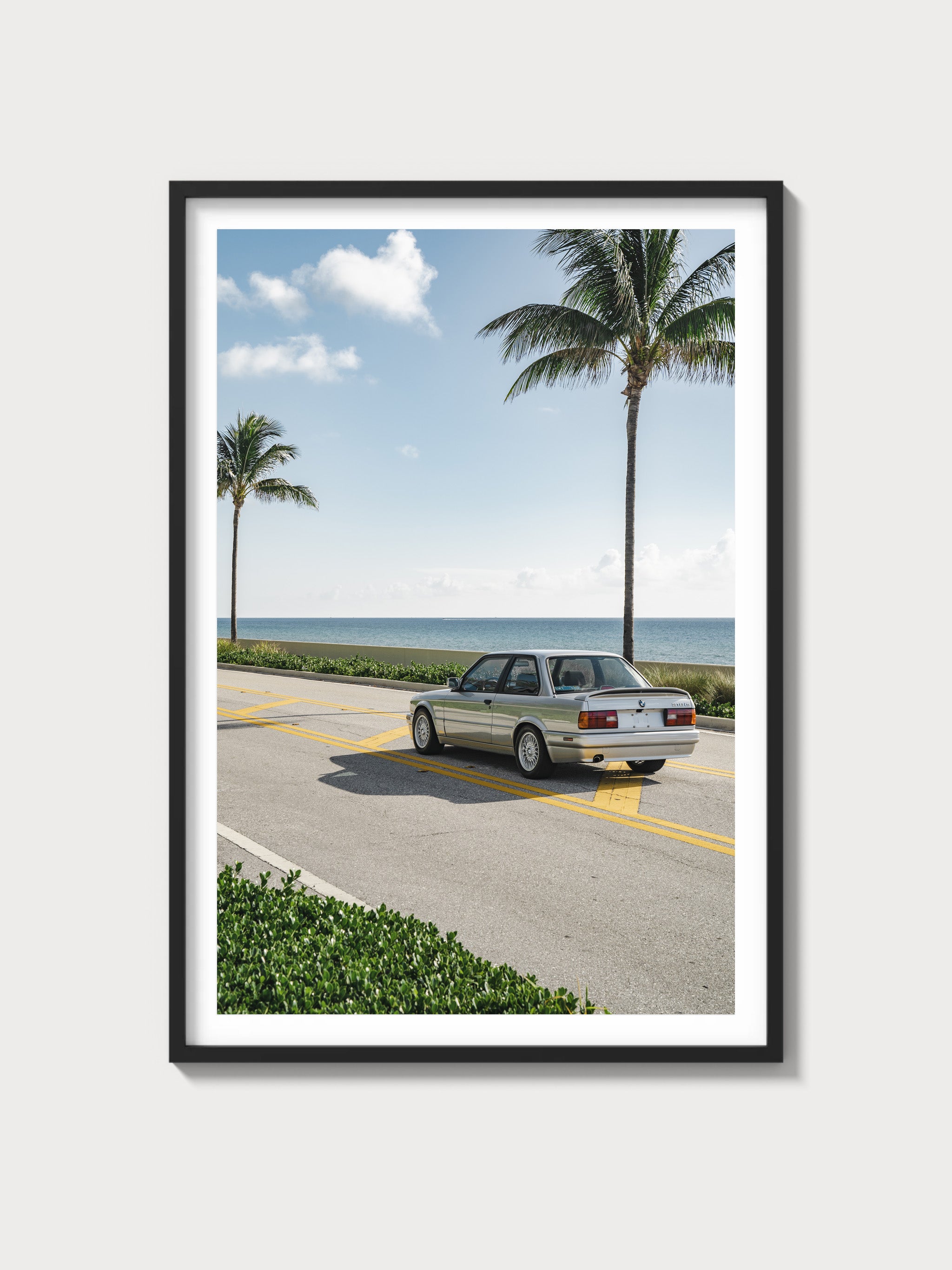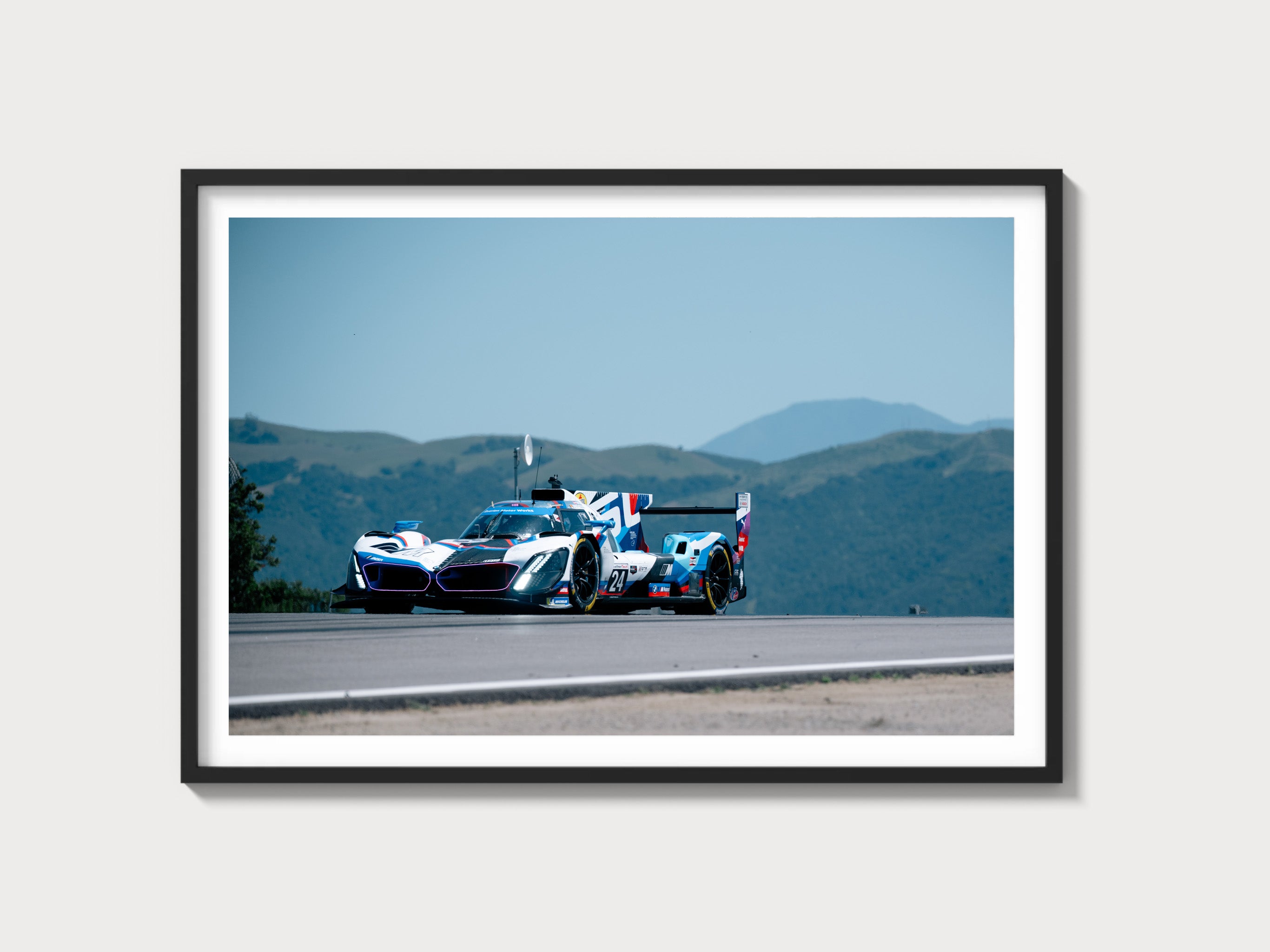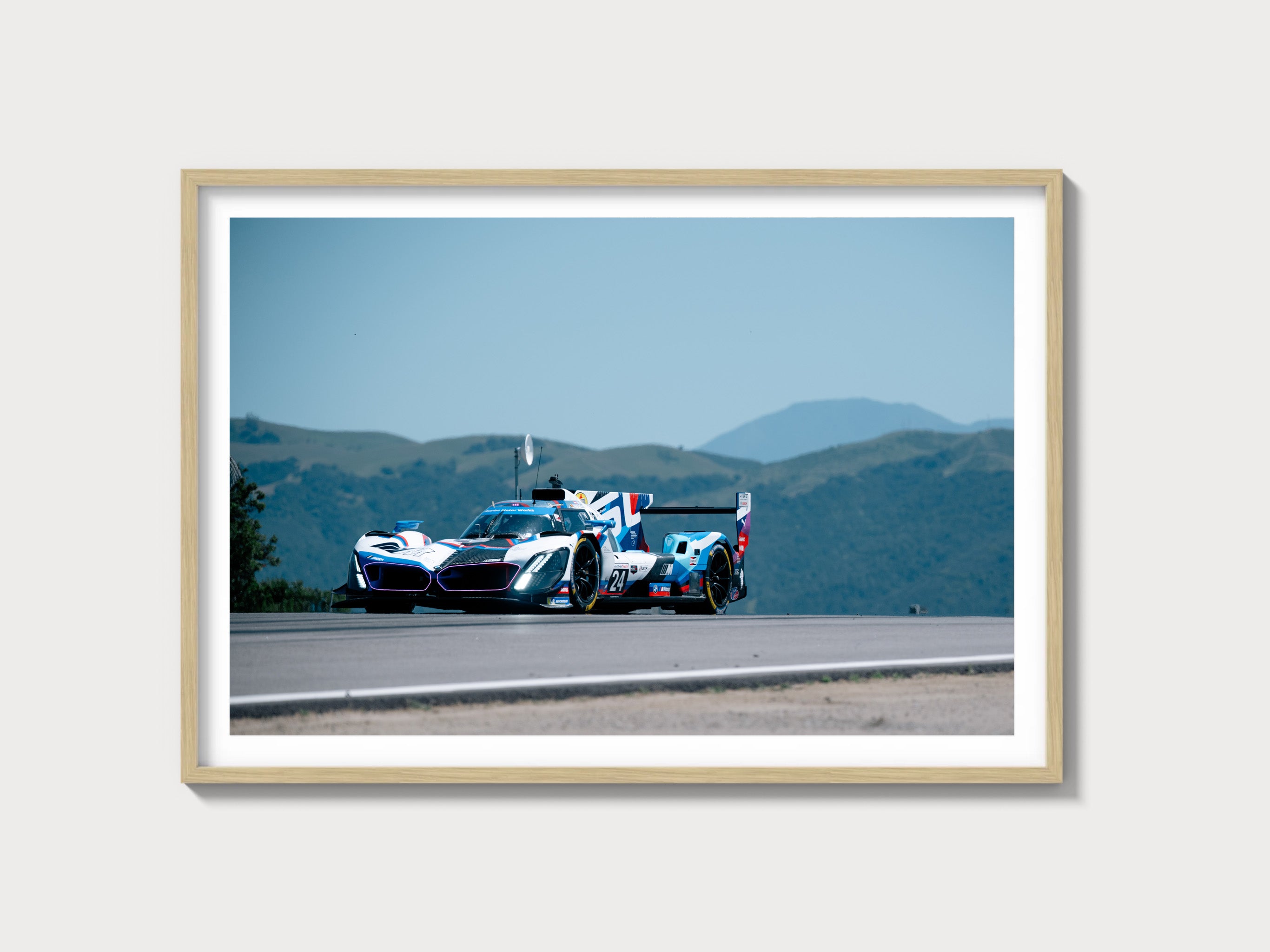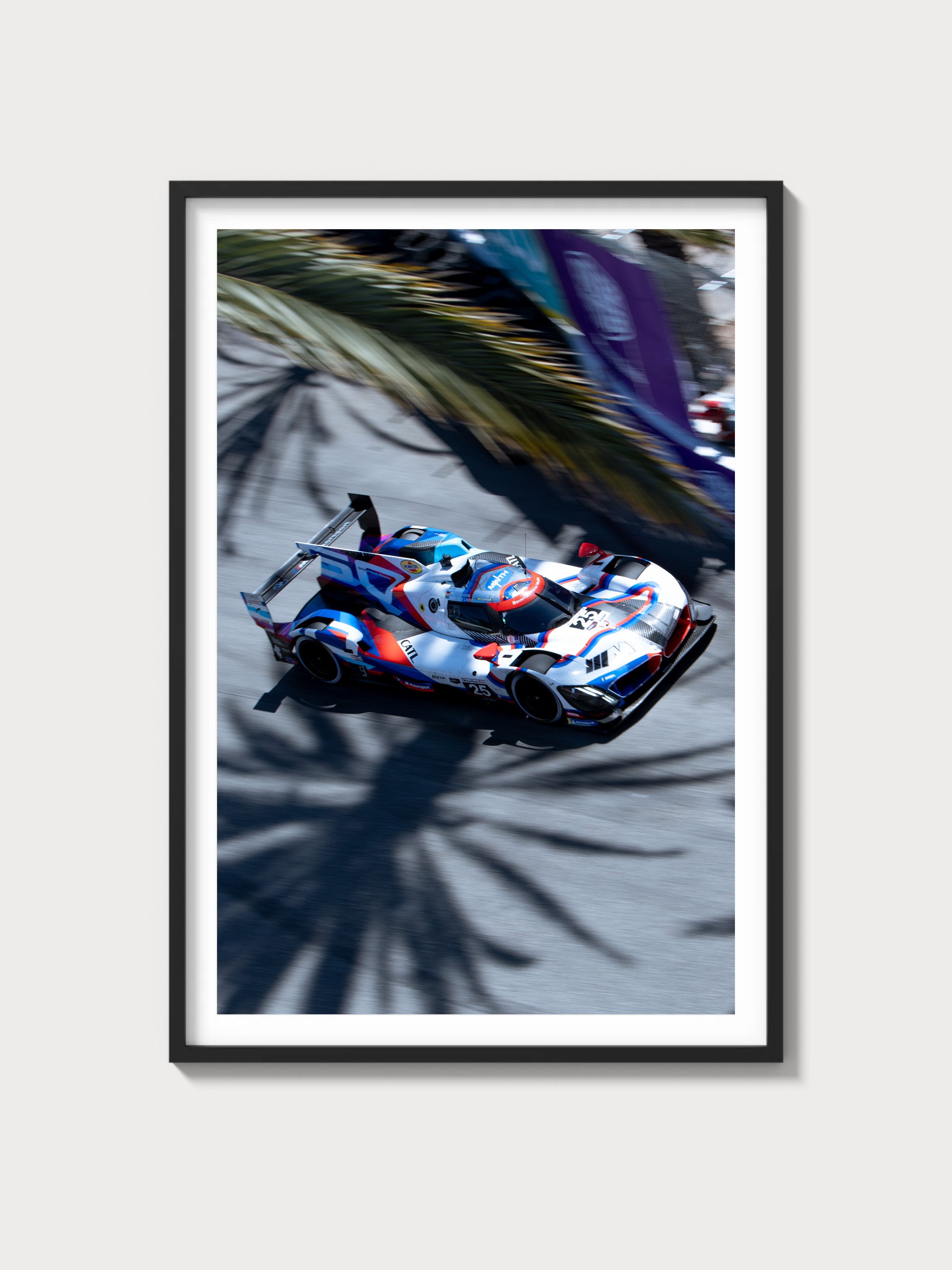Ferrari 365 GT 2+2: The Definitive History, Specs, and Legacy
Introduction: Ferrari’s Luxurious Family GT
In the distinguished lineage of Ferrari’s grand tourers, the 365 GT 2+2, introduced in 1968, stands as a pinnacle of luxury—a four-seat coupe that married practicality with a potent 4.4-liter Colombo V12. With 801 units crafted by Pininfarina, this model succeeded the 330 GT 2+2, offering refined styling and advanced engineering. Known as the “Queen Mother” of Ferraris, it epitomized grand touring opulence.
The year 1968 was a milestone for Ferrari, its racing triumphs—275 GTB, 250 GTO—complementing road car sophistication. Unveiled at the 1967 Paris Motor Show and entering production in 1968, the 365 GT 2+2 dazzled with its blend of power and comfort. This exhaustive history, written with a Ferrari historian’s precision, explores its technical advancements, its elegant design, its subtle racing ties, and its enduring legacy.
Historical Context: Ferrari’s Four-Seat Apex
The Ferrari 365 GT 2+2 emerged during a prosperous era for Maranello. By 1968, Ferrari’s racing legacy—Dino 206 GT’s innovation, GTO’s dominance—had elevated its prestige, yet the demand for versatile road cars soared. The 330 GT 2+2’s 571-unit run (1964-1967) refined Ferrari’s four-seater concept, but its 4.0L V12 and dated chassis needed an upgrade. The 365 GT 2+2, with a larger 4.4L V12 and modern suspension, answered, targeting affluent families and executives.
A total of 801 units were built (1968-1971)—all Pininfarina coupes with a sleek, elongated roofline. Chassis 11001, the prototype, debuted at Paris in October 1967, entering production in 1968 with its sophisticated silhouette. This was a car for cosmopolitan elites—European royalty, American industrialists—its robust production reflecting Ferrari’s industrial stride amid Italy’s 1960s economic peak.
The broader context of 1968 shaped its purpose. Europe’s GT market thrived—Mercedes 280 SE, Jaguar XJ—while America’s luxury segment expanded. The 365 GT 2+2 bridged Ferrari’s performance heritage with family-friendly luxury, its V12 tying it to the 500 Superfast.
Technical Specifications: The Colombo V12’s Luxurious Tune
The Ferrari 365 GT 2+2’s essence was its 4.4-liter Colombo V12—a powerful engine tailored for grand touring. Below, we dissect its engineering with historian’s rigor.
Engine: Colombo’s 4.4-Liter Powerhouse
Displacing 4,390 cc (bore 81 mm, stroke 71 mm), the 365’s V12 was an enlarged evolution of the 330’s unit, shared with the 365 GTC. With a single overhead camshaft per bank, an 8.8:1 compression ratio, and triple Weber 40 DFI/5 carburetors, it produced 320 horsepower at 6,600 rpm—20 hp more than the 330 GT 2+2. The aluminum block and heads, wet-sump lubrication, and 60-degree V-angle weighed 310 lbs, delivering 255 lb-ft of torque at 5,000 rpm.
This engine was a touring titan. Chassis 12163, a 1969 model, showcased its effortless power, prioritizing refinement over racing edge.
Performance: Regal Pace
The 365 GT 2+2 reached 152 mph (245 km/h)—verified by Autocar’s 1968 test—matching the 330 GT 2+2, with a 0-60 mph time of ~6.9 seconds. Its power-to-weight ratio (216 hp/ton) was close to the 330 GT 2+2 (217 hp/ton), balancing heft with speed.
Chassis and Suspension: Advanced Comfort
The chassis was a tubular steel ladder frame, weighing 1,480 kg (3,263 lbs)—heavier than the 330 GT 2+2’s 1,380 kg due to its larger body and luxury fittings. Its 2,650 mm wheelbase matched the 330’s, but featured a pioneering self-leveling rear suspension—independent with double wishbones and hydraulic shocks—while the front retained double wishbones with coil springs, offering a plush yet controlled ride.
Transmission and Brakes: Smooth Delivery
A 5-speed manual gearbox—synchronized, rear-mounted—drove the rear wheels, its ratios (1st: 2.50, 5th: 0.90) favoring cruising. Optional 3-speed automatics (52 units) catered to luxury buyers. Braking relied on 14-inch Dunlop disc brakes, delivering 0.9g deceleration—standard for its class.
| Specification | Details |
|---|---|
| Engine | 4.4L V12, 320 hp @ 6,600 rpm |
| Displacement | 4,390 cc (81 mm x 71 mm) |
| Top Speed | ~152 mph (245 km/h) |
| 0-60 mph | ~6.9 seconds |
| Weight | 1,480 kg (3,263 lbs) |
| Transmission | 5-speed manual (optional 3-speed auto) |
| Suspension (Front) | Double wishbone, coil springs |
| Suspension (Rear) | Independent, self-leveling hydraulic |
| Brakes | Hydraulic discs, 14-inch |
Design and Styling: Pininfarina’s Grand Elegance
The Ferrari 365 GT 2+2’s aesthetic was a masterpiece of luxurious design, crafted by Pininfarina.
Exterior: Stately Proportions
Pininfarina built all 801 coupes—chassis 11001 featured a wide grille, sleek roofline, and triple vents, finished in Argento Metallizzato. The 2,650 mm wheelbase stretched its silhouette, with steel bodies and aluminum hoods enhancing its regal stance.
Interior: Opulent Haven
The cabin was a plush retreat: leather seats for four (tan or black), a wood-rimmed steering wheel, and Veglia gauges—tachometer (7,500 rpm redline), speedometer, oil pressure. Bespoke touches—12163’s walnut dash—elevated it beyond the 330 GT 2+2, with air conditioning and power steering as standard.
Production and Variants: A Grand Tourer’s Reign
The Ferrari 365 GT 2+2’s 801-unit run (1968-1971) was a production success—all Pininfarina coupes, with 52 automatic variants. Chassis 11001 launched the series, while 14177 closed it, transitioning to the 365 GTB/4 Daytona lineage. No racing variants existed—its focus was luxury.
Performance and Racing Legacy: A Tourer’s Quiet Strength
The Ferrari 365 GT 2+2 racing history is negligible, its grand touring ethos paramount. Chassis 11453, tuned to 330 hp, ran the 1969 Coppa Inter-Europa, placing mid-field among privateers. Its true realm was the highway—Autostrada, Route 66—where its 152 mph top speed and serene handling excelled.
Ownership and Market Value: A Regal Classic
The Ferrari 365 GT 2+2 value reflects its rarity and grandeur. Early owners included Prince Bernhard of the Netherlands (12163) and U.S. tycoons. Today, prices range $250,000-$400,000—chassis 11001 sold for $375,000 at RM Sotheby’s 2023. Restoration costs—V12 rebuilds at $120,000—underscore its appeal.
Cultural Impact: Ferrari’s Grand Touring Benchmark
The 365 GT 2+2 elevated Ferrari’s four-seater legacy, its V12 and Pininfarina design influencing the 412. In 1960s lore, it’s the car of stately journeys, a cornerstone of Maranello’s luxury GT evolution.
Comparisons: Ferrari 365 GT 2+2 vs Rivals
The Ferrari 365 GT 2+2 vs Mercedes-Benz 280 SE pits 320 hp V12 against 170 hp straight-6—Ferrari led in power, Mercedes in accessibility. The Jaguar XJ6 (245 hp) trailed in grunt but matched in refinement.
| Model | Engine | Power | Weight | Top Speed |
|---|---|---|---|---|
| Ferrari 365 GT 2+2 | 4.4L V12 | 320 hp | 1,480 kg | ~152 mph |
| Mercedes 280 SE | 2.8L Straight-6 | 170 hp | 1,600 kg | ~118 mph |
| Jaguar XJ6 | 4.2L Straight-6 | 245 hp | 1,700 kg | ~124 mph |
Frequently Asked Questions
What was the Ferrari 365 GT 2+2?
A 1968 4.4L V12 grand tourer.
How many were made?
801 units.
What engine powered it?
4,390 cc Colombo V12, 320 hp.
Did it race?
Rarely—built for touring.
What’s its value?
$250,000-$400,000.

